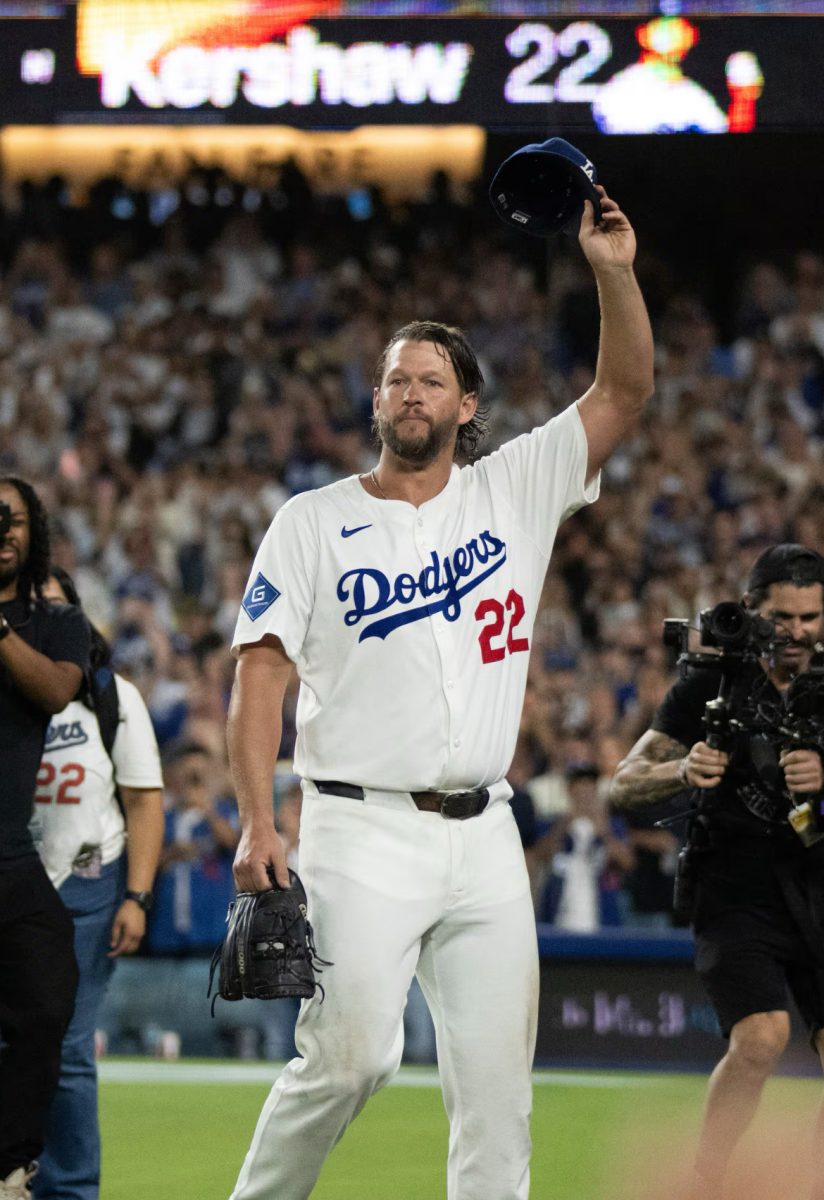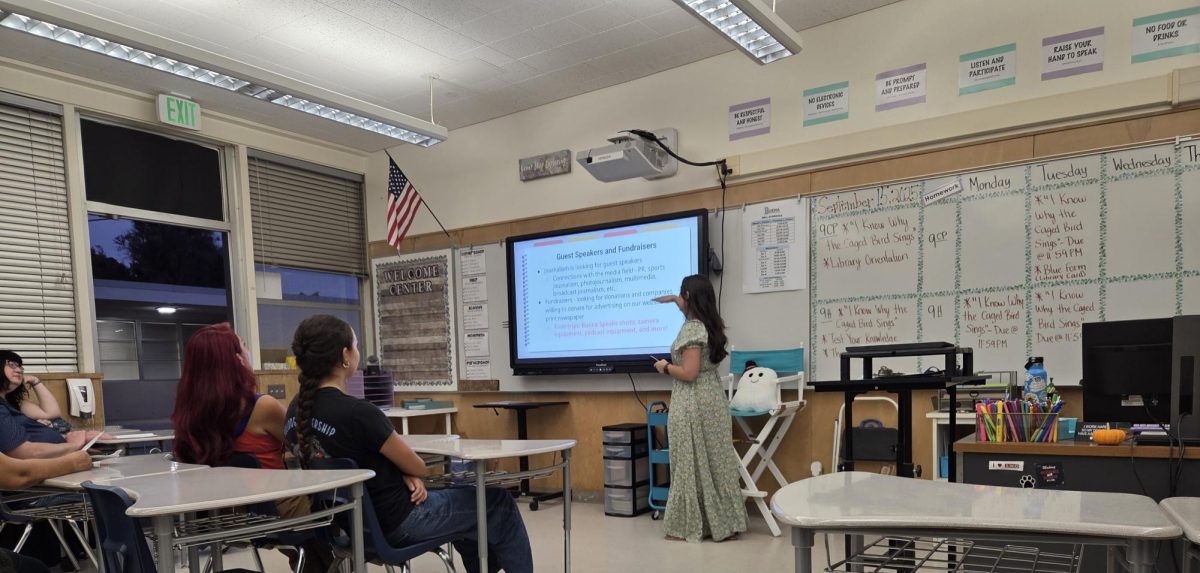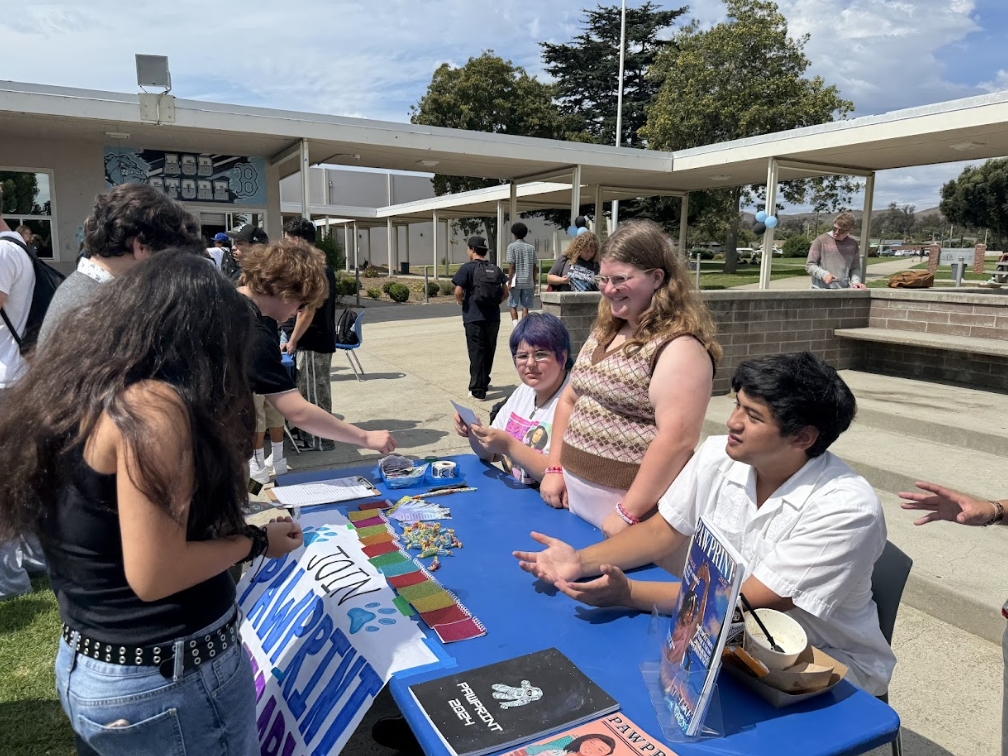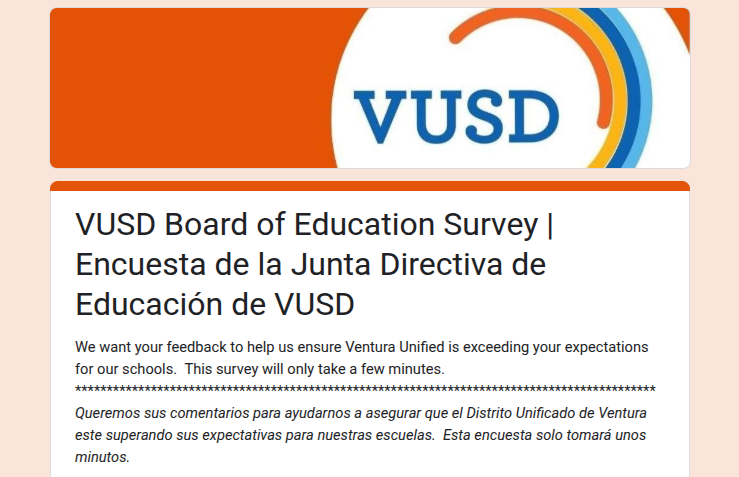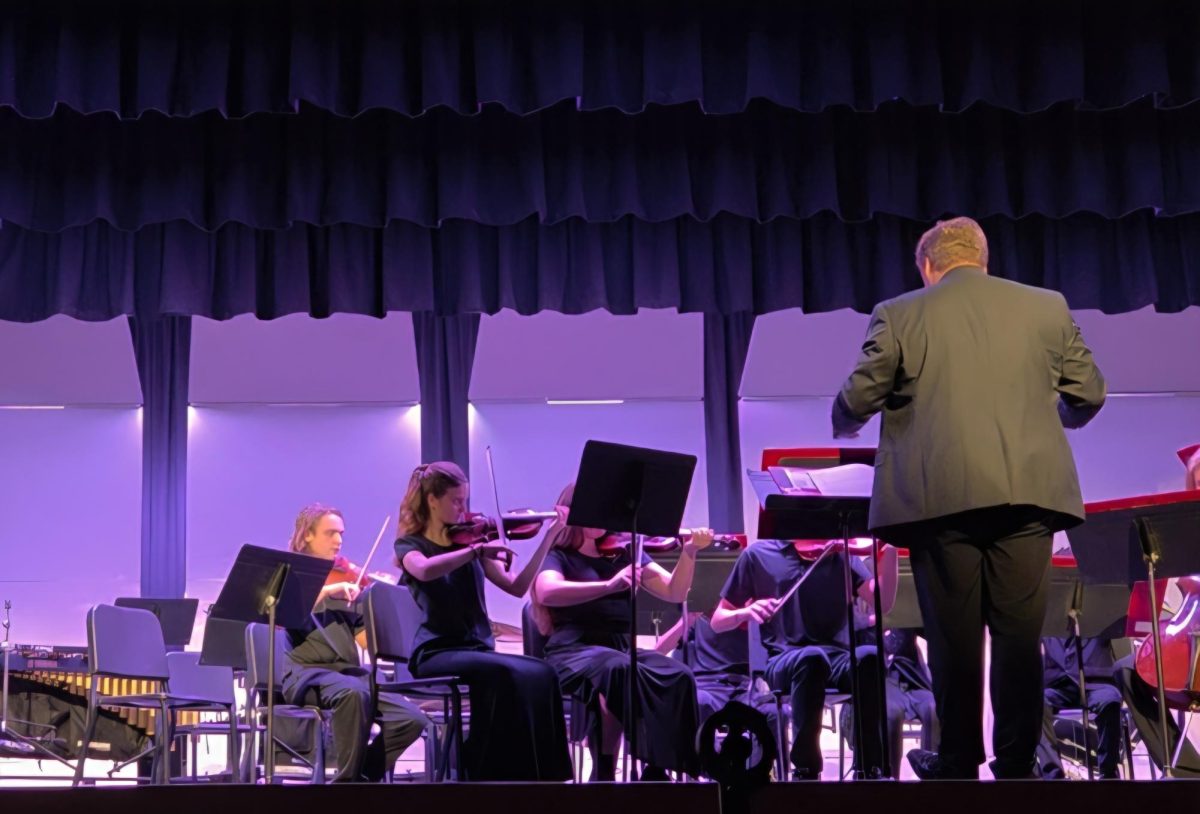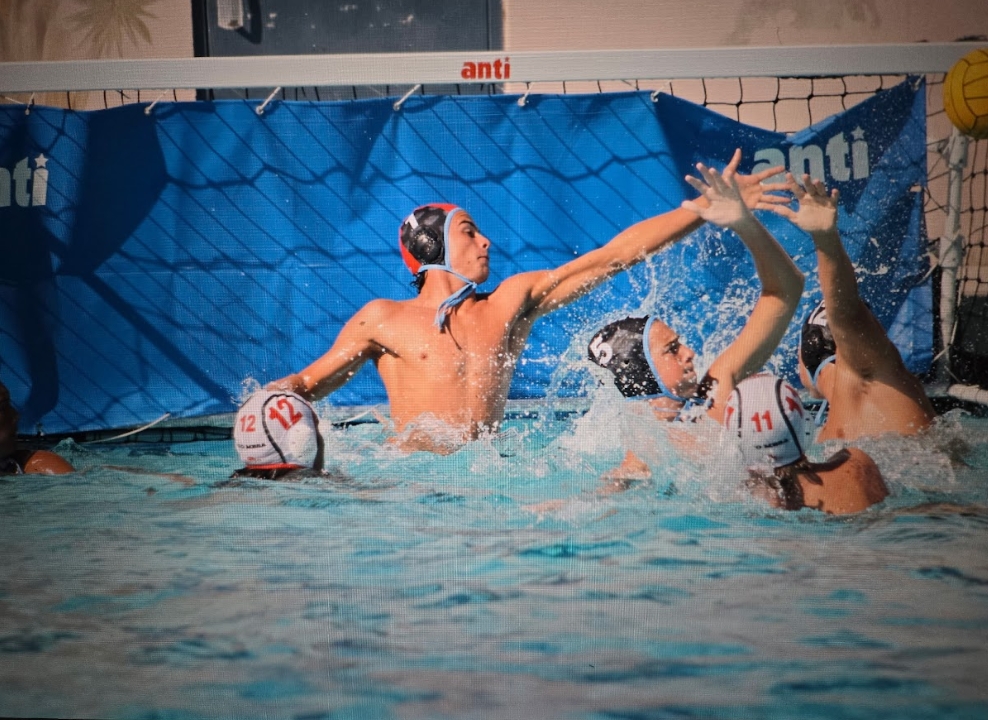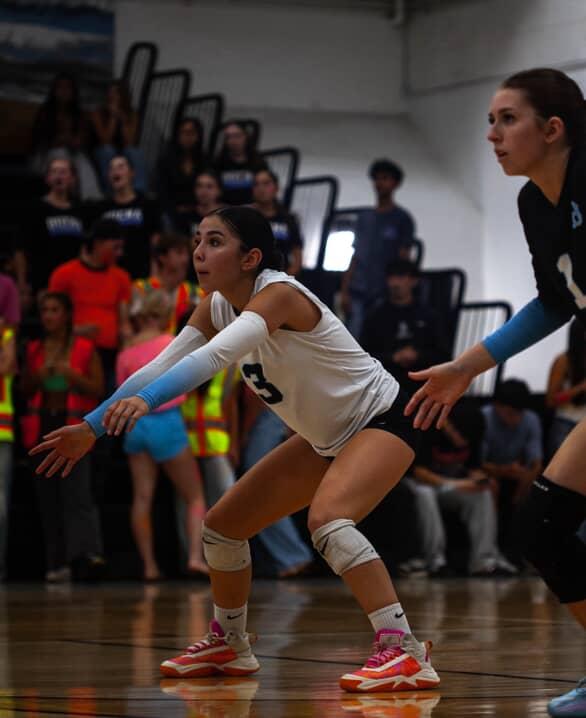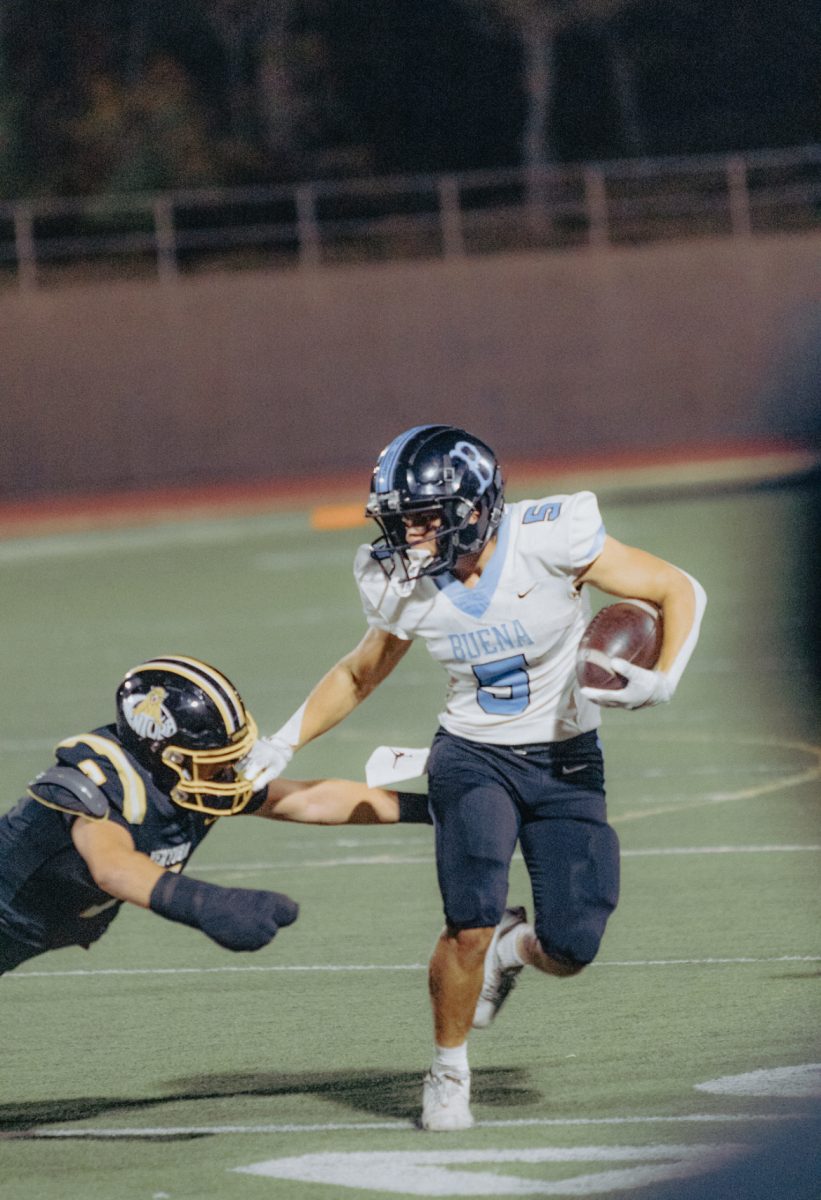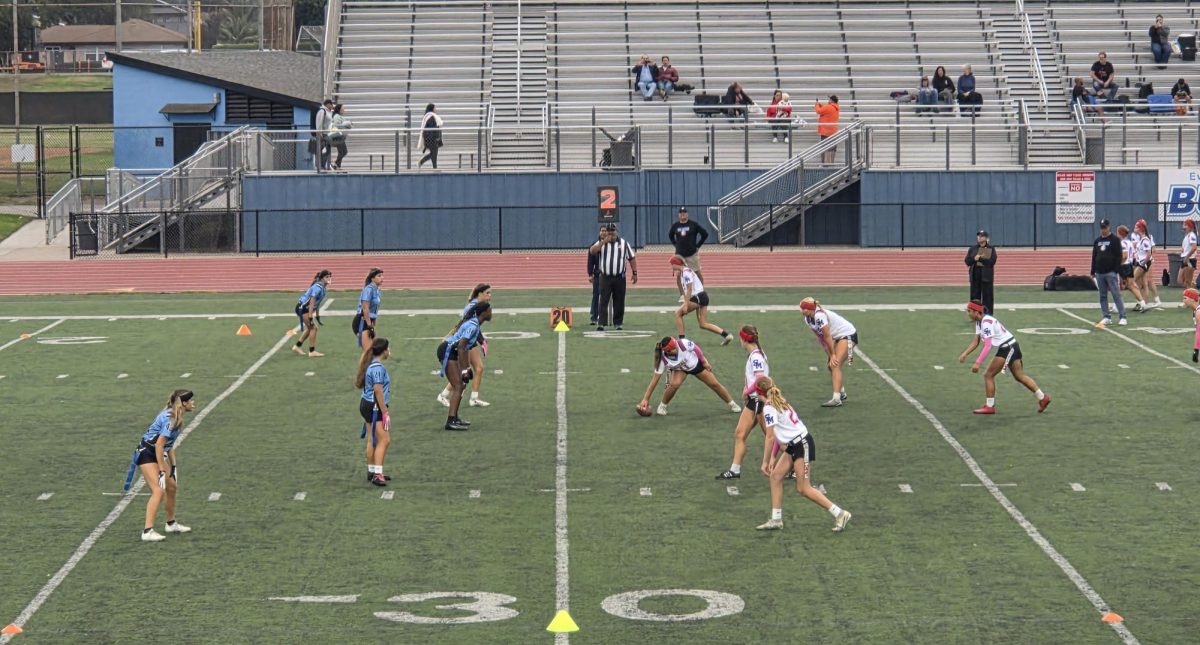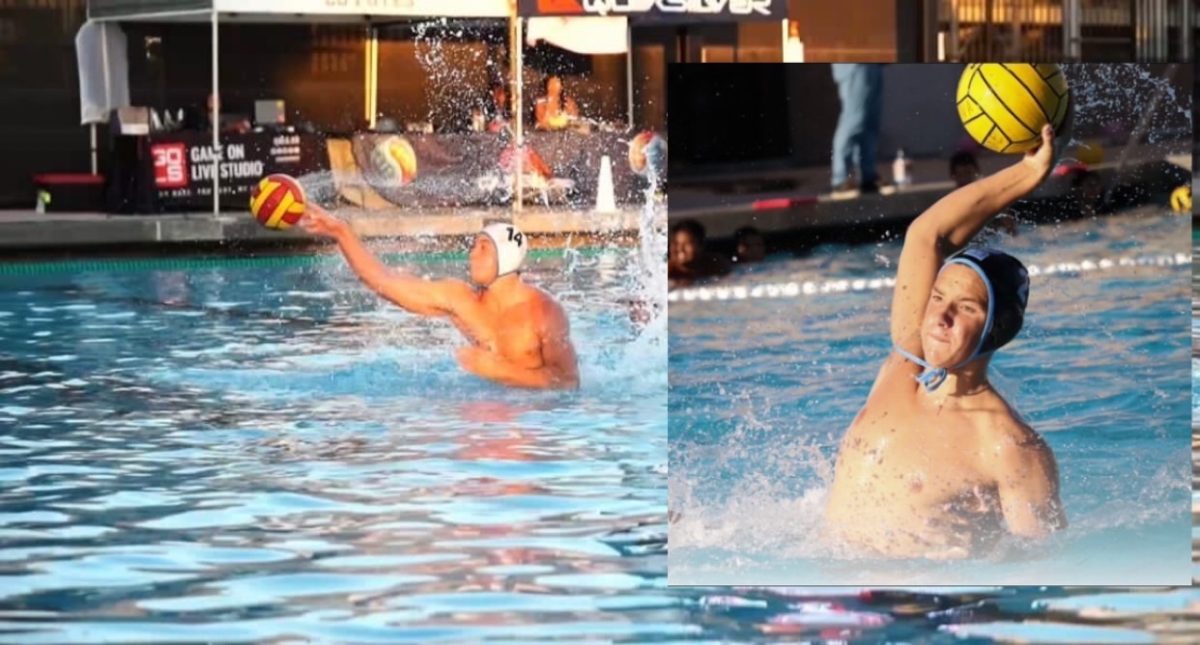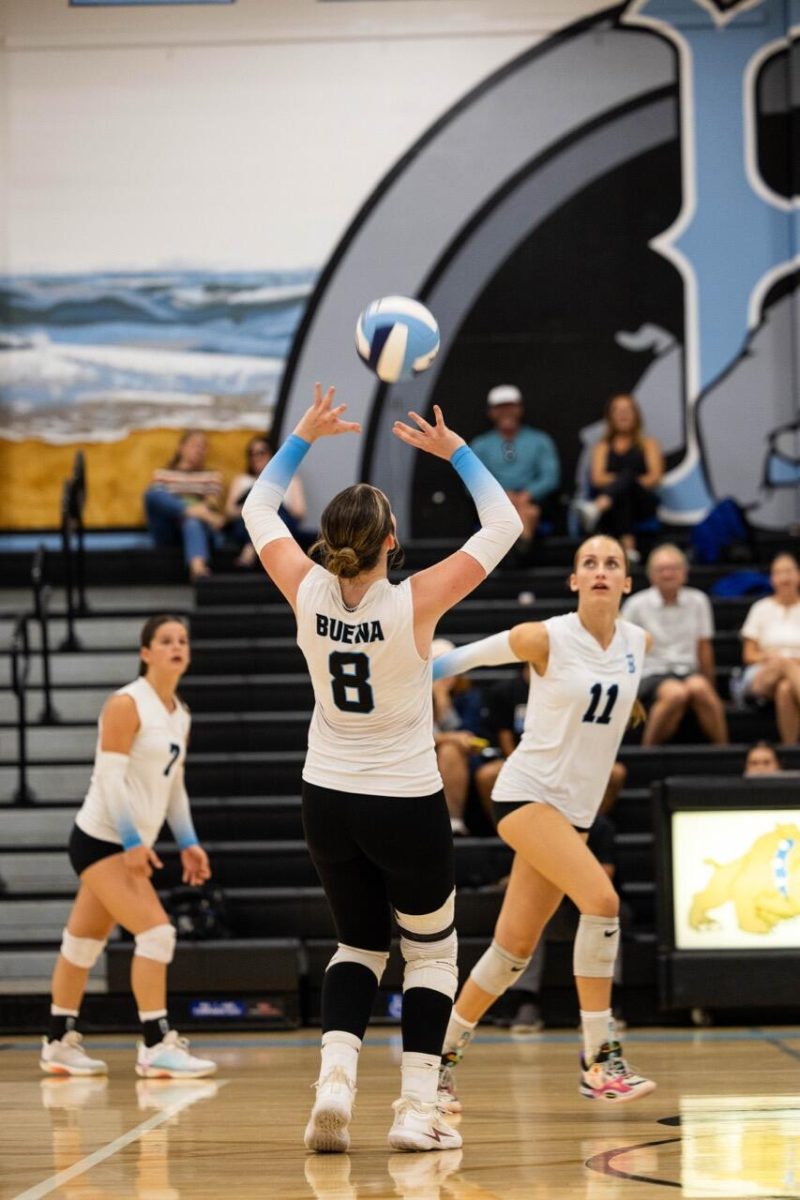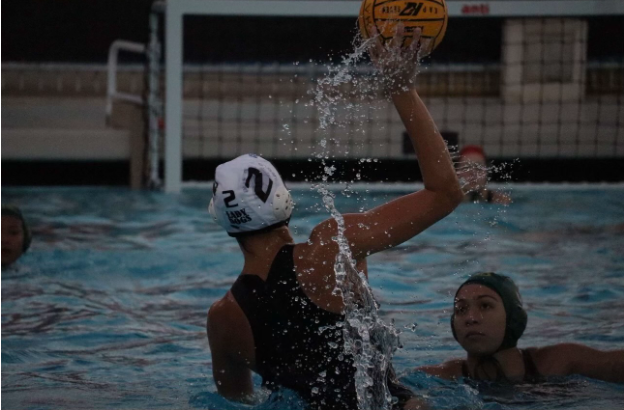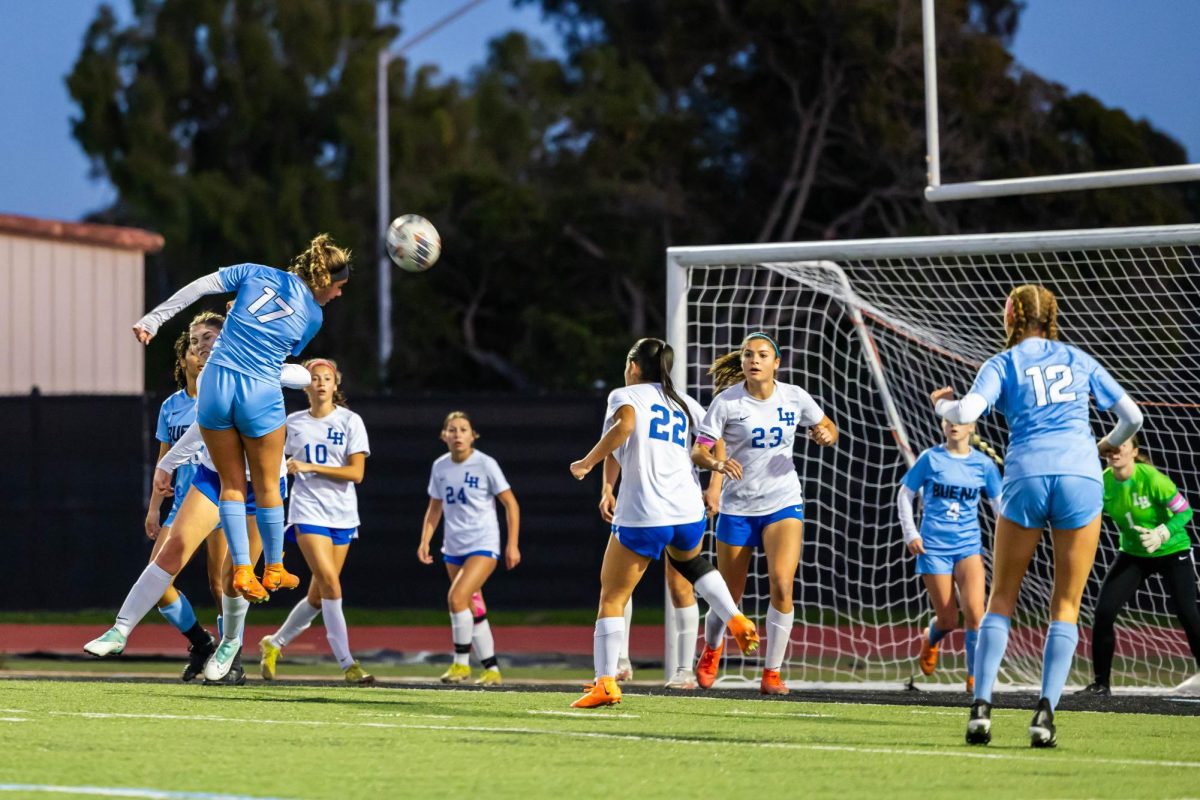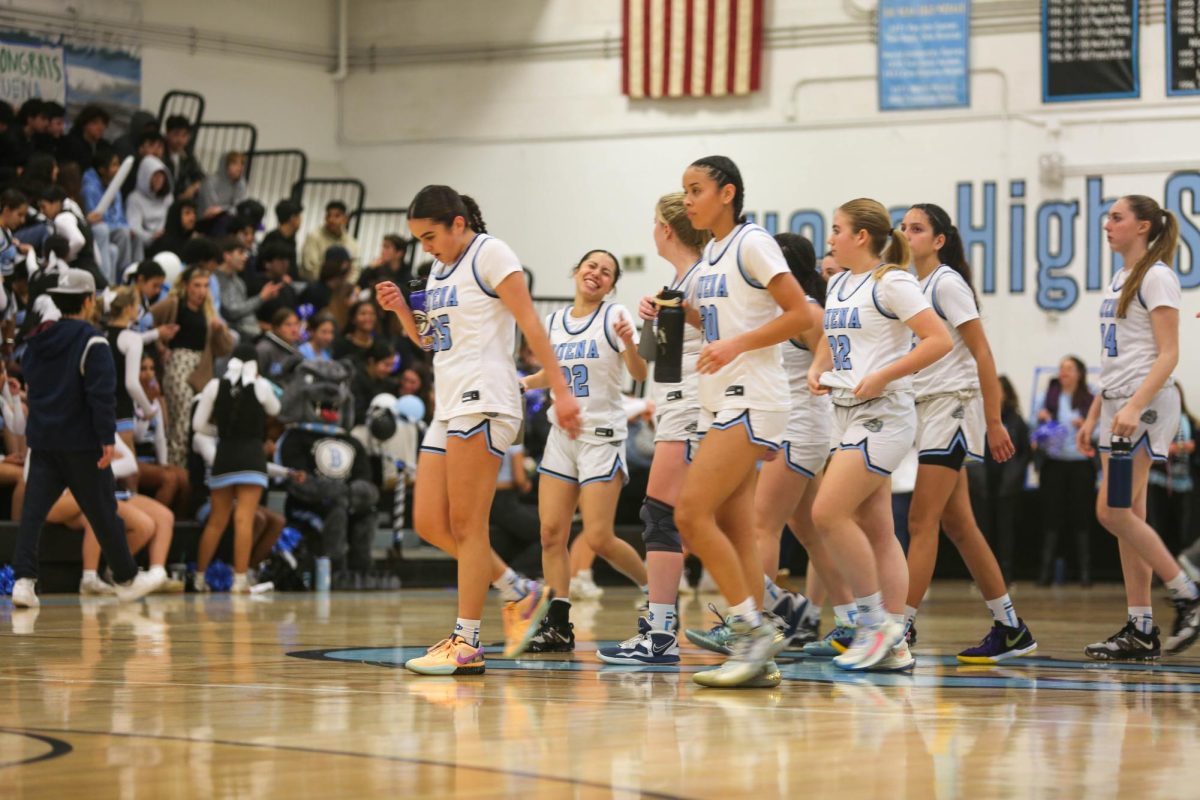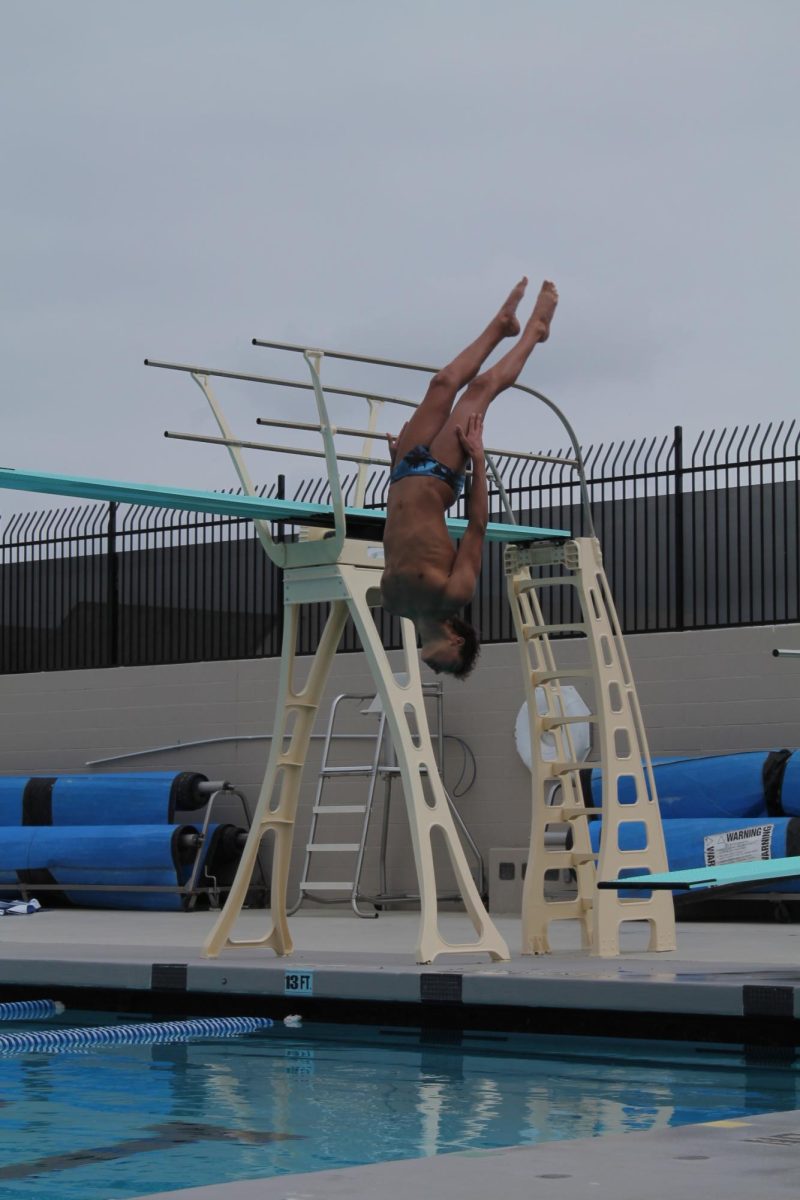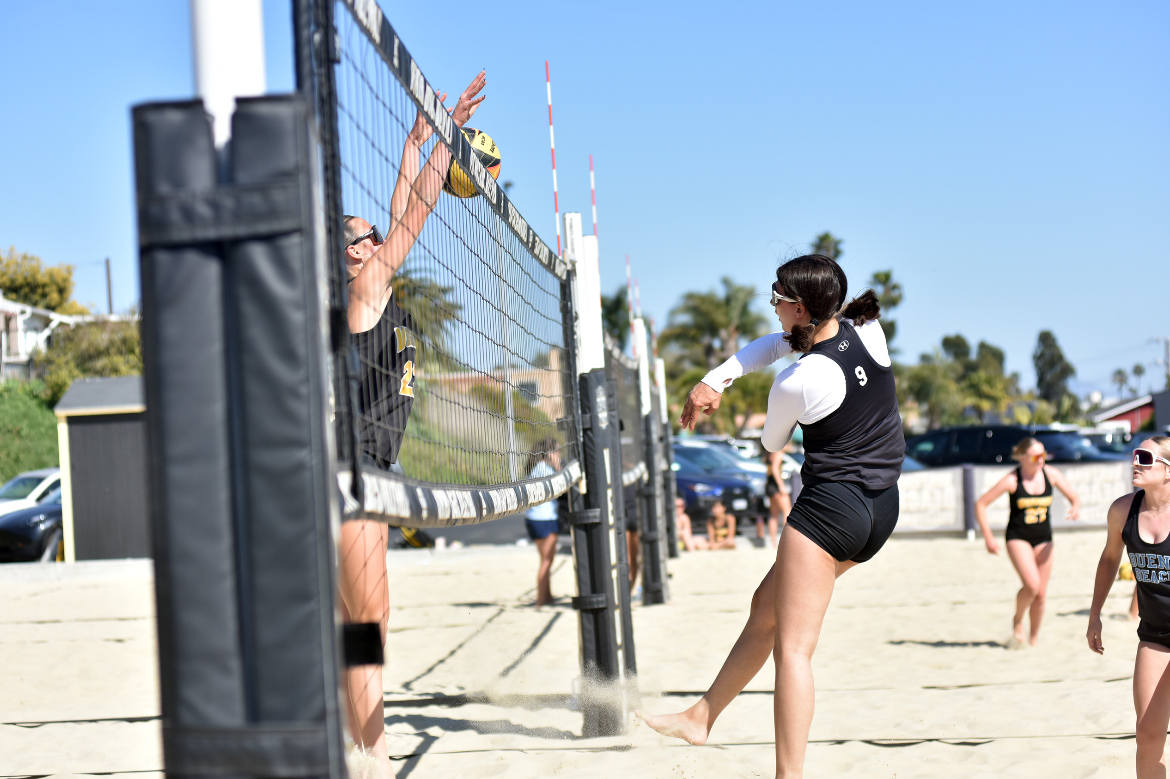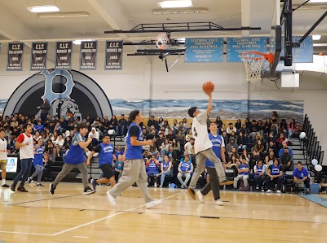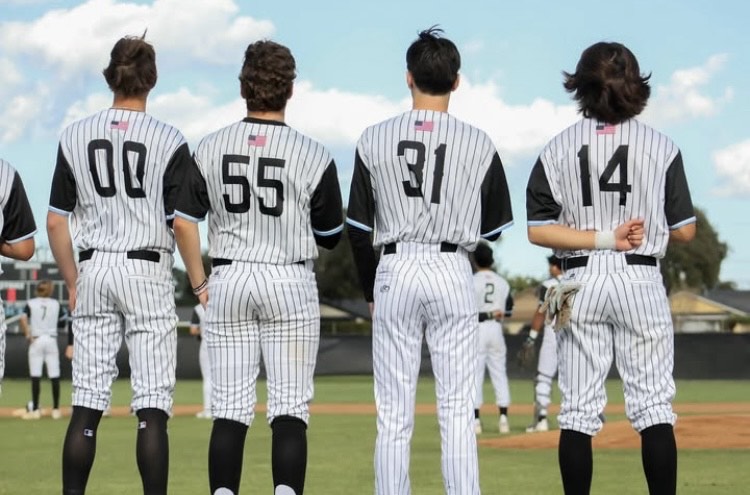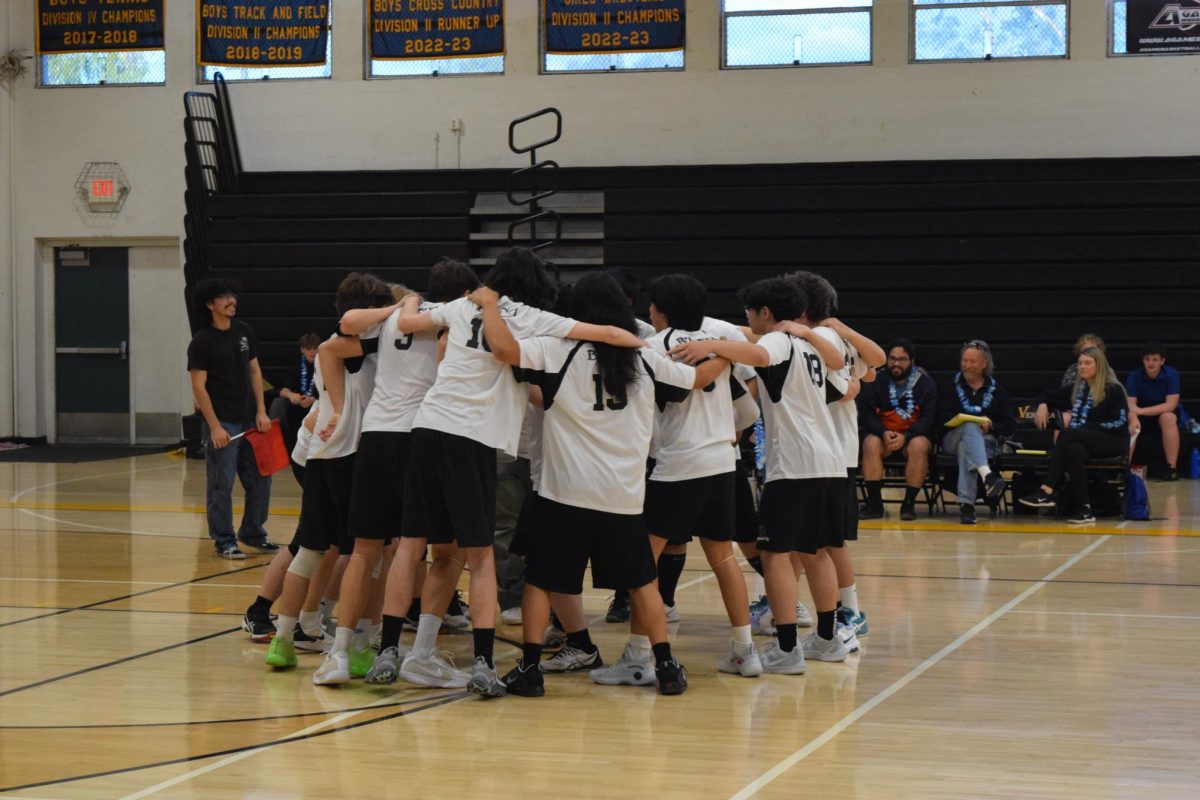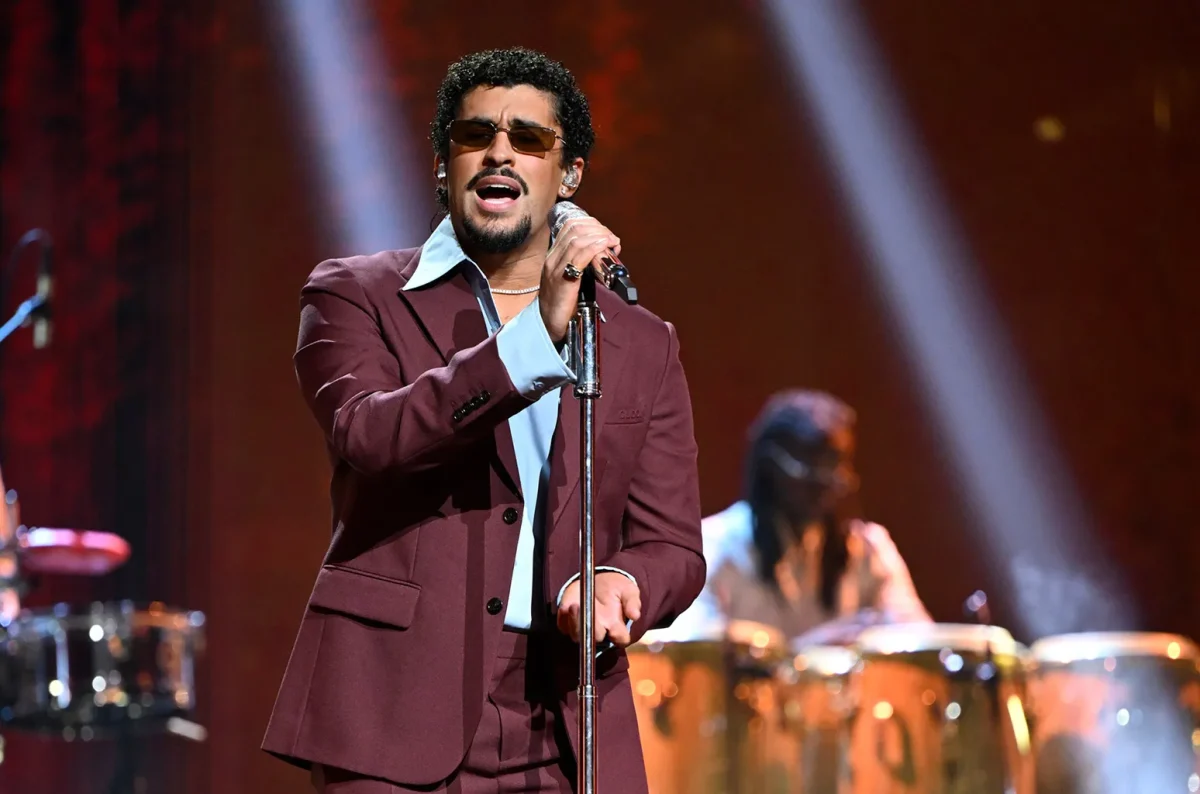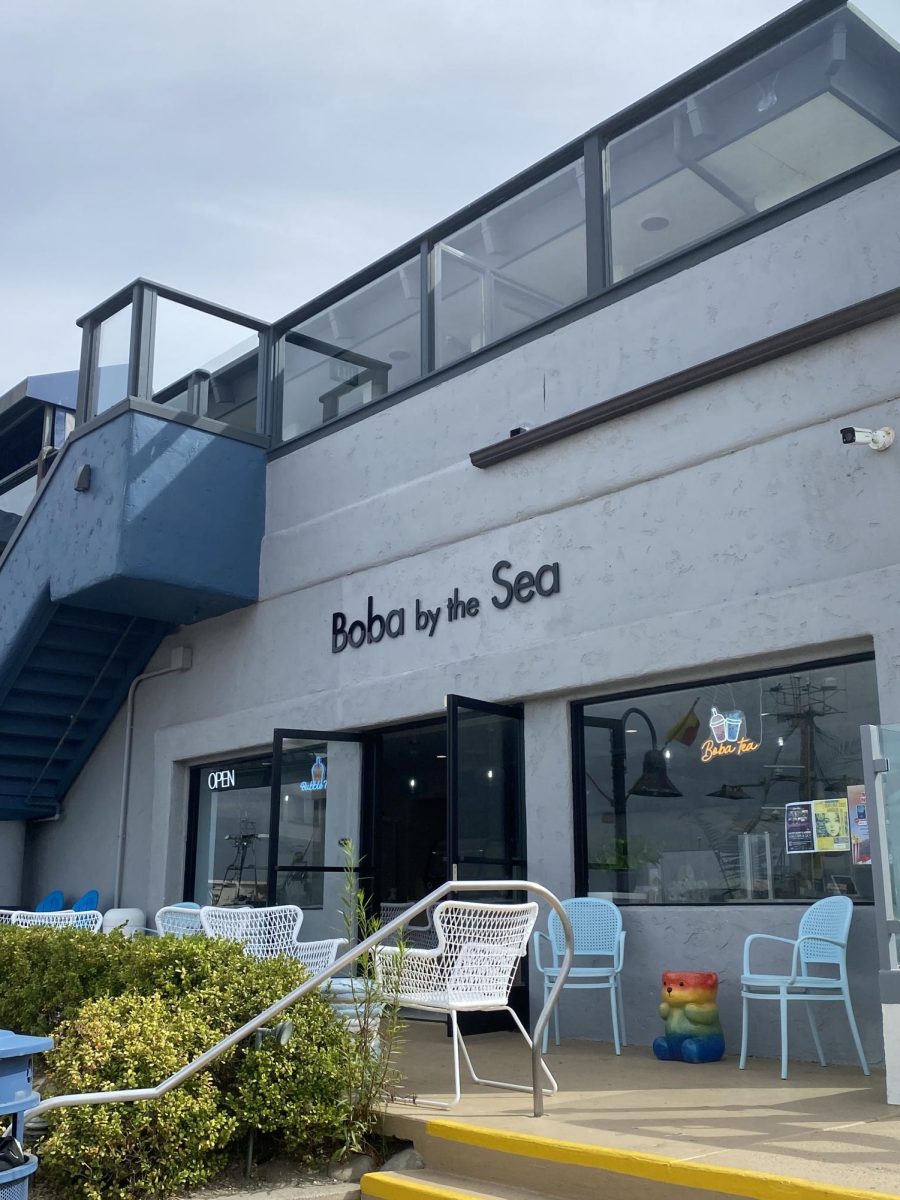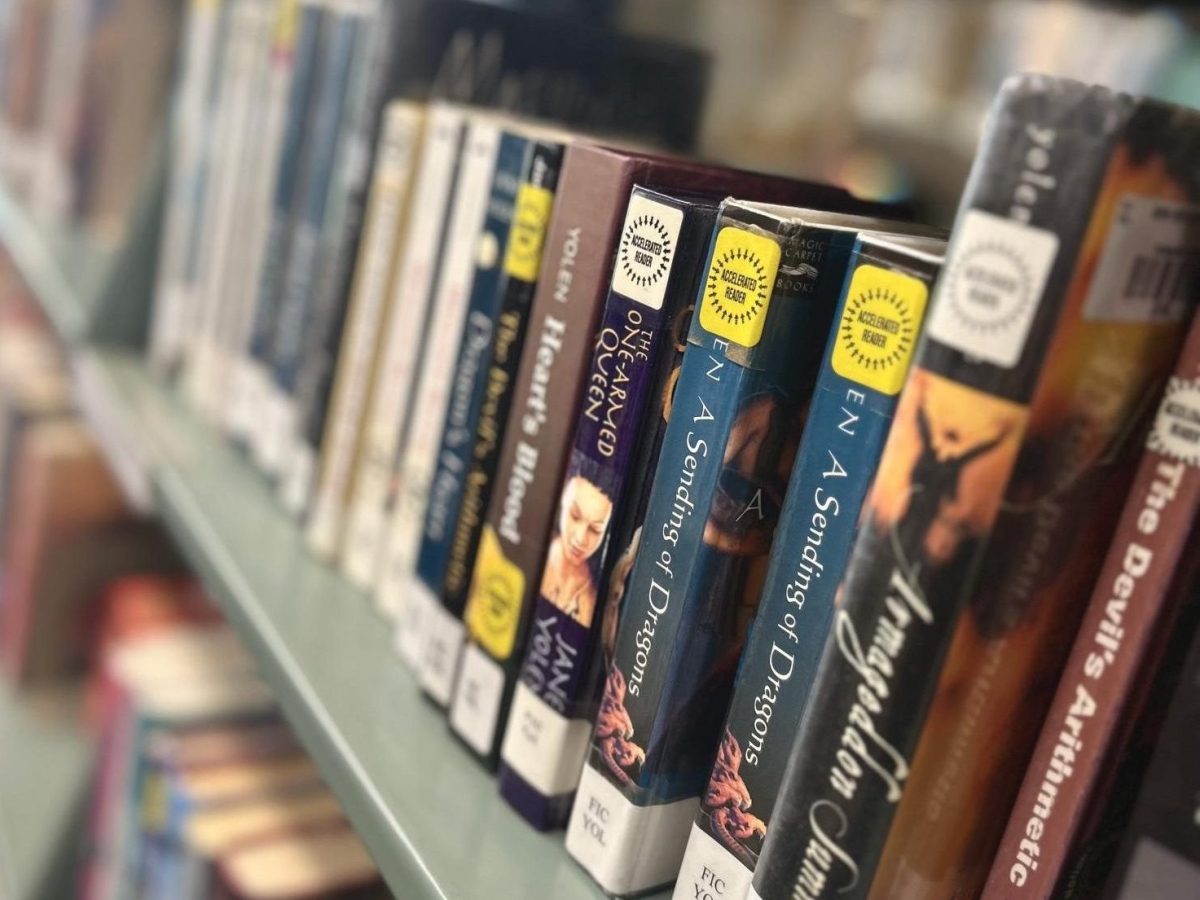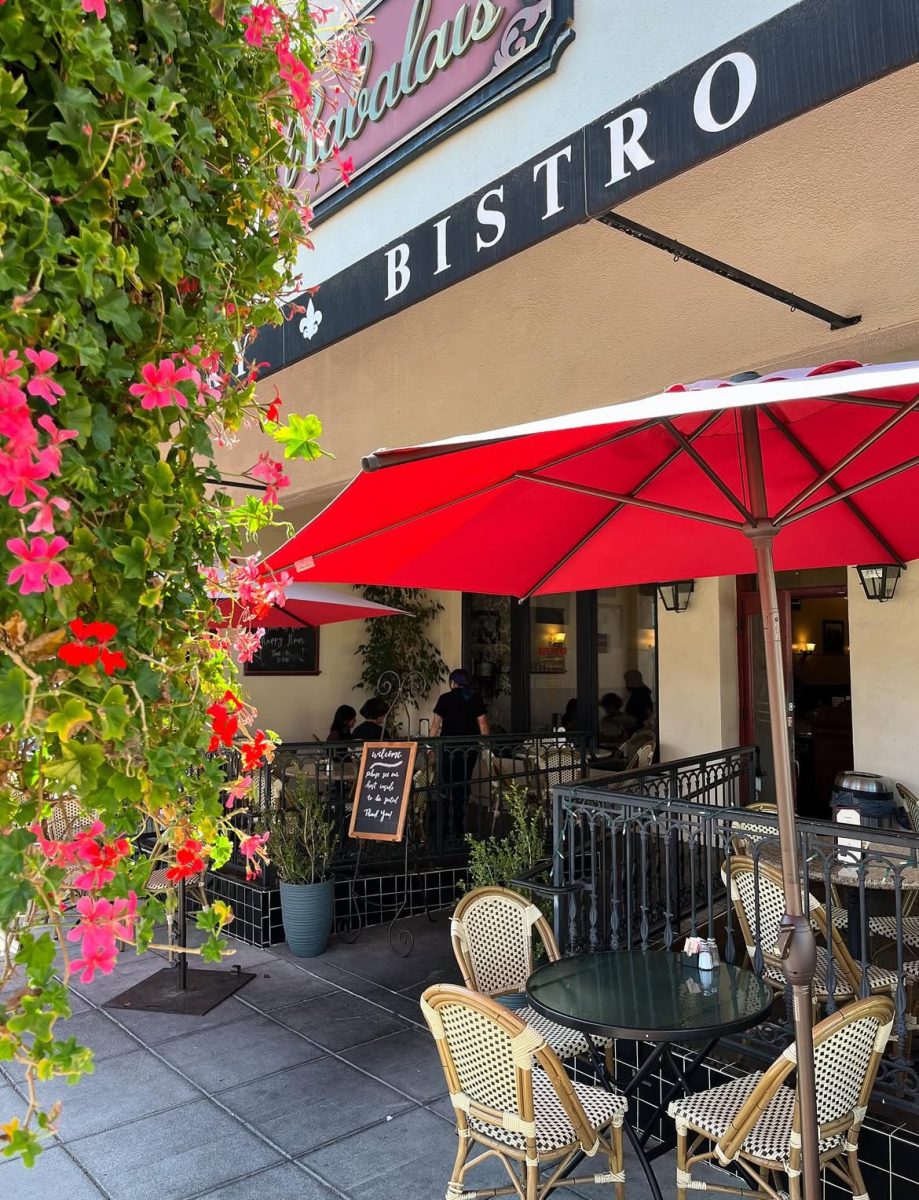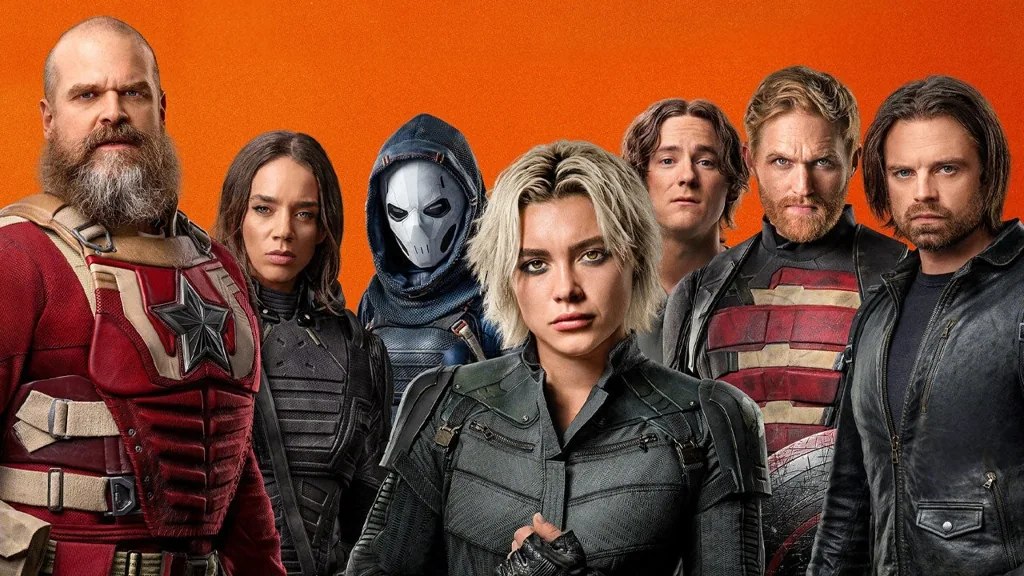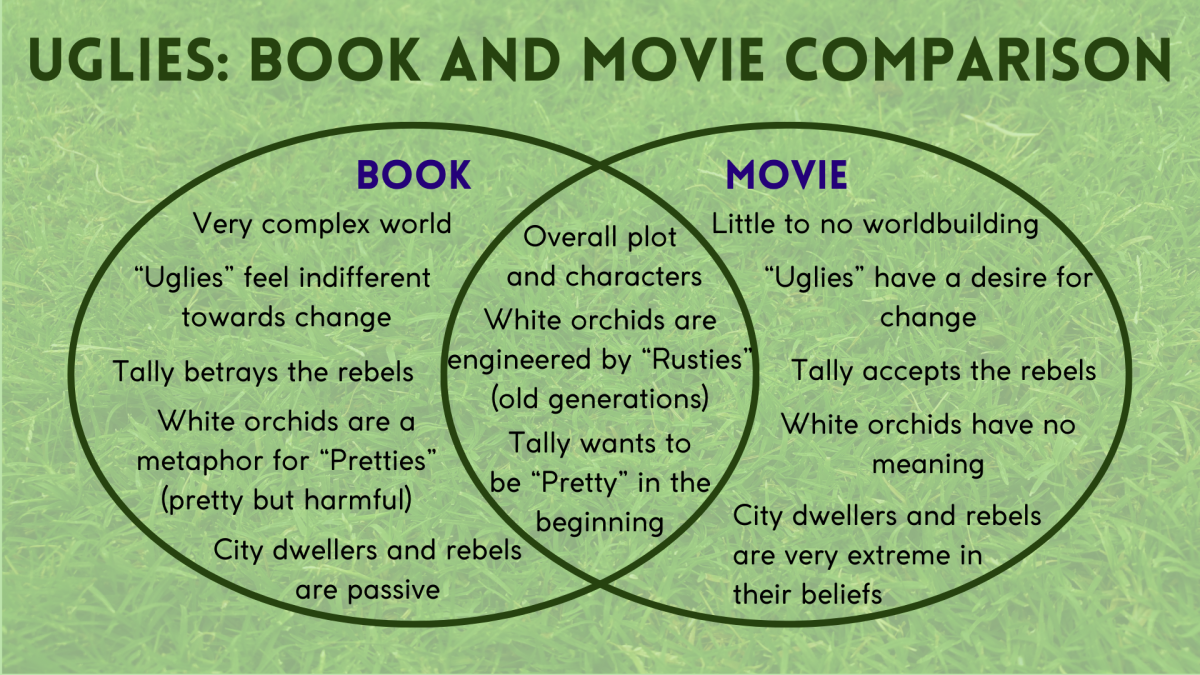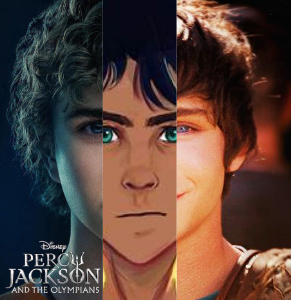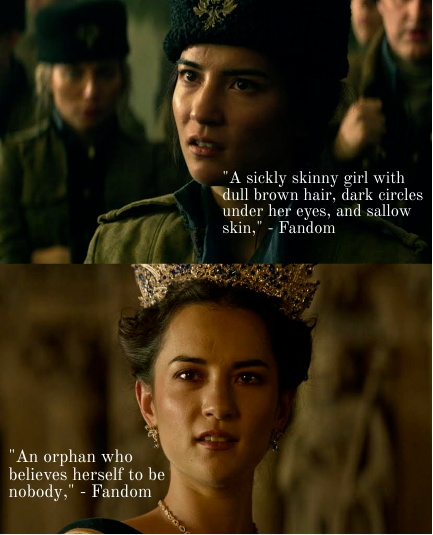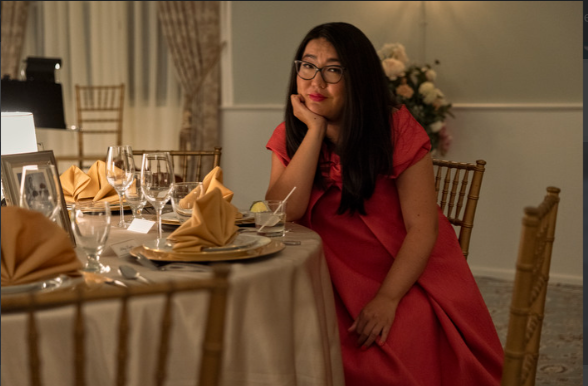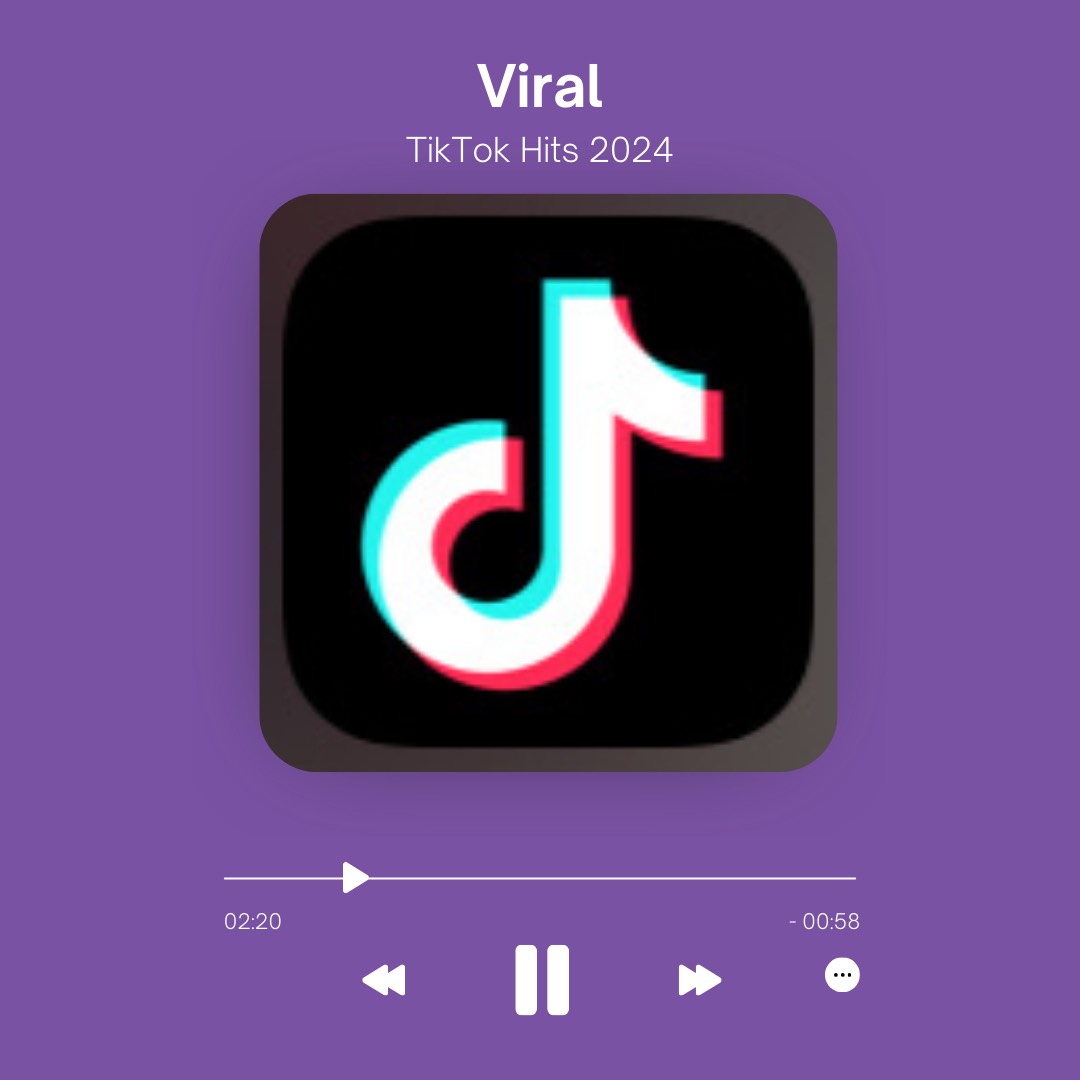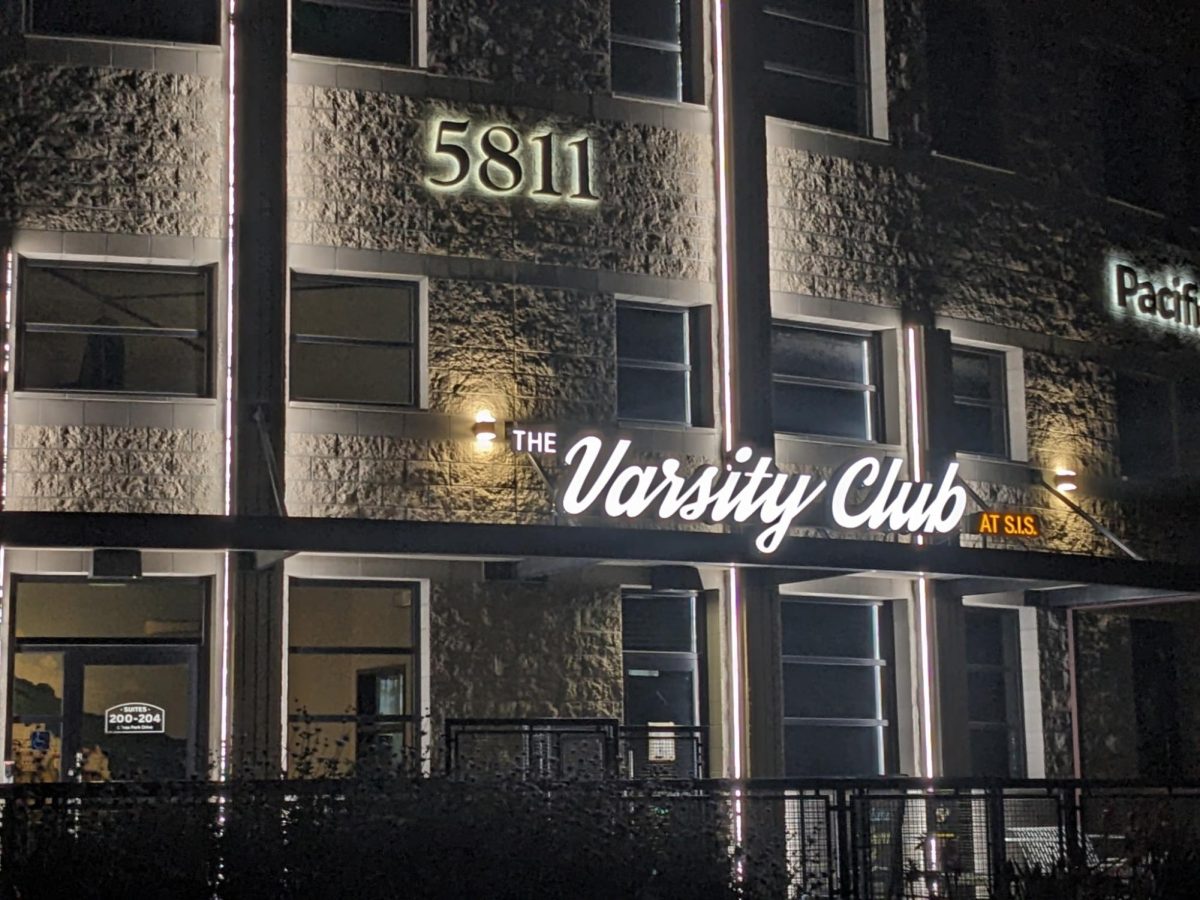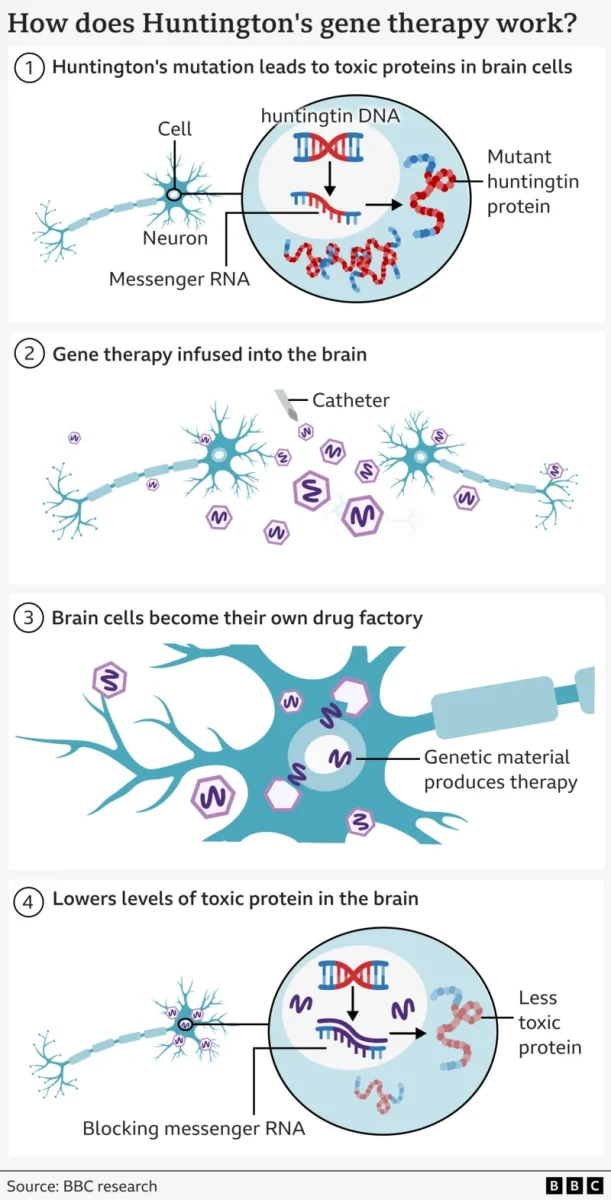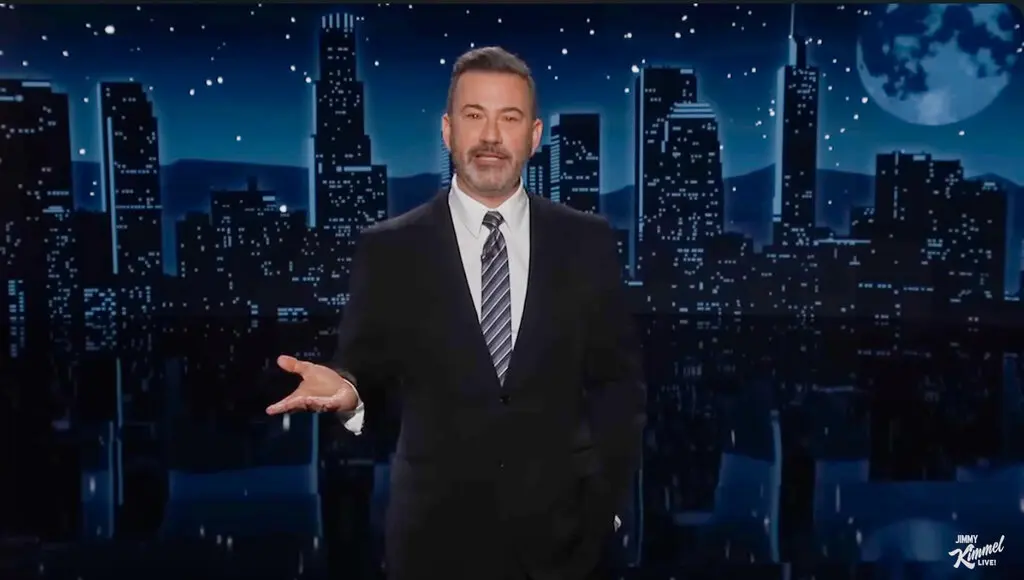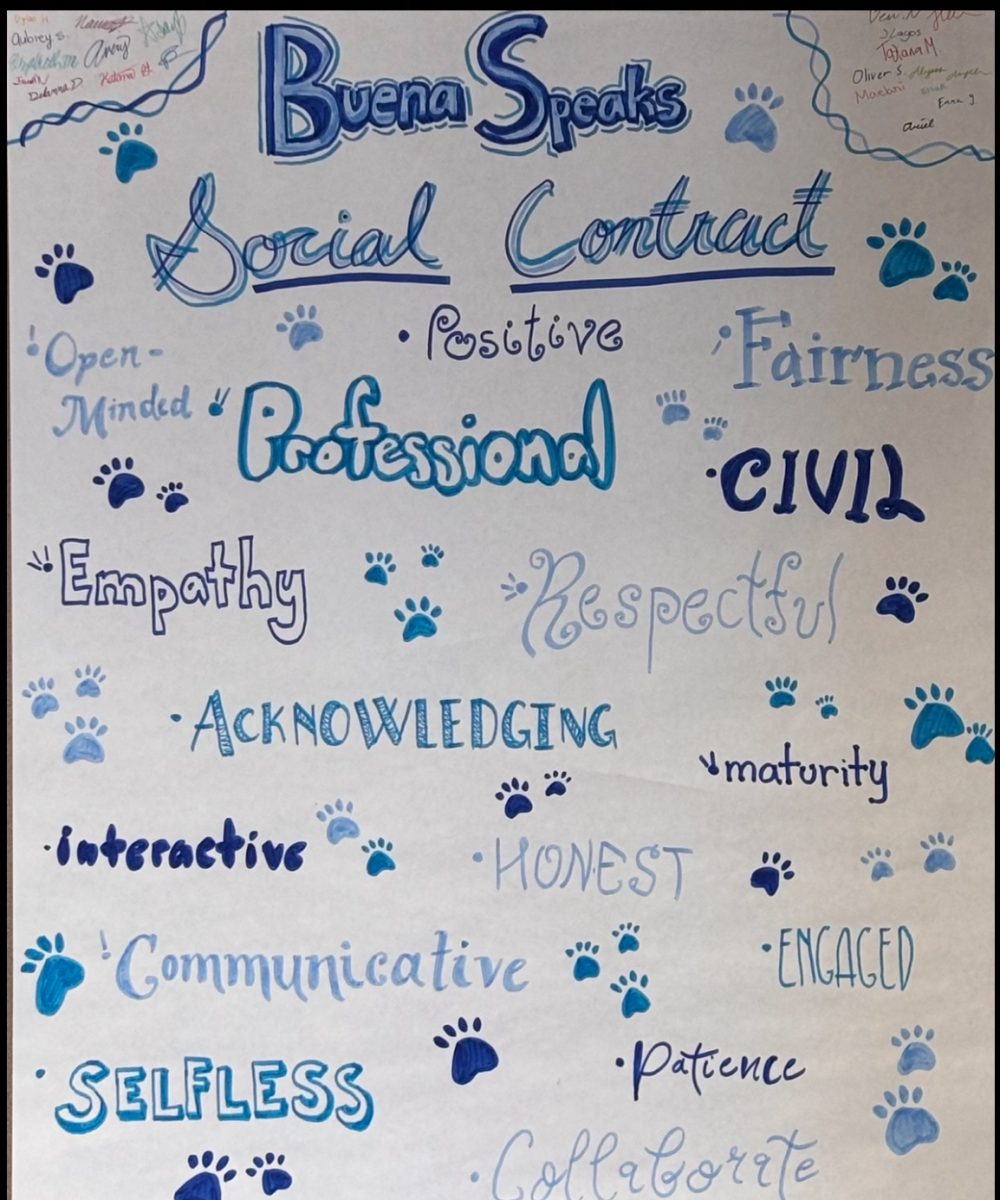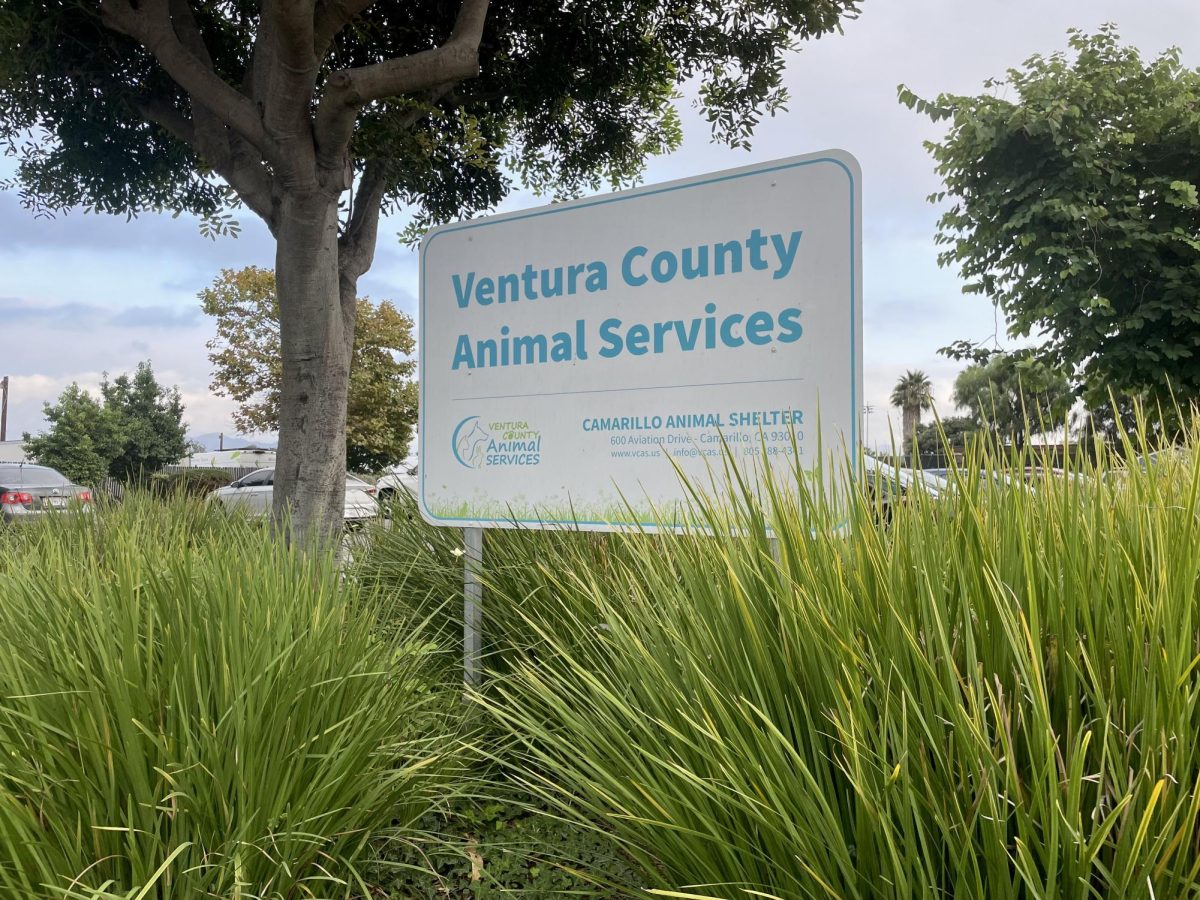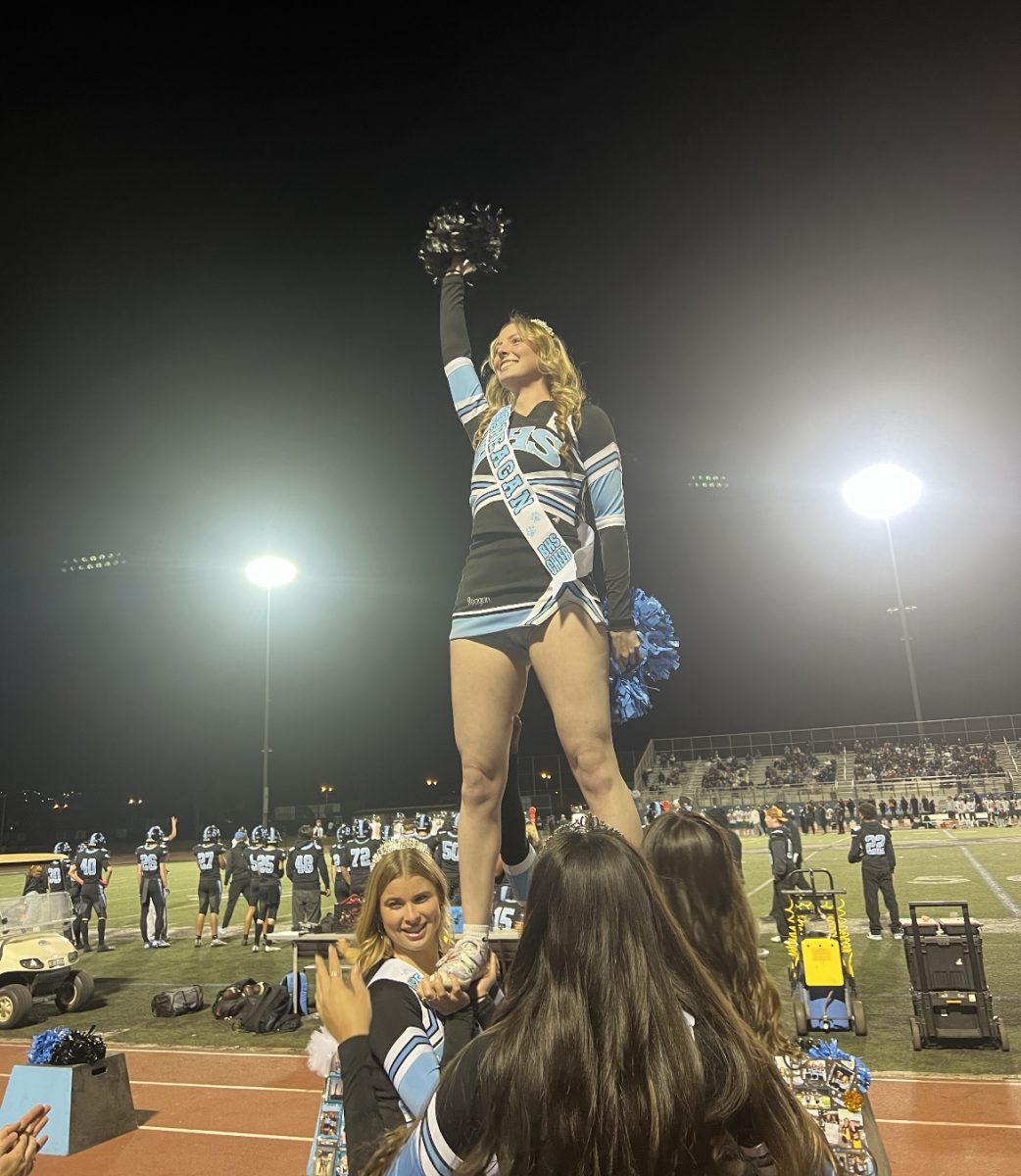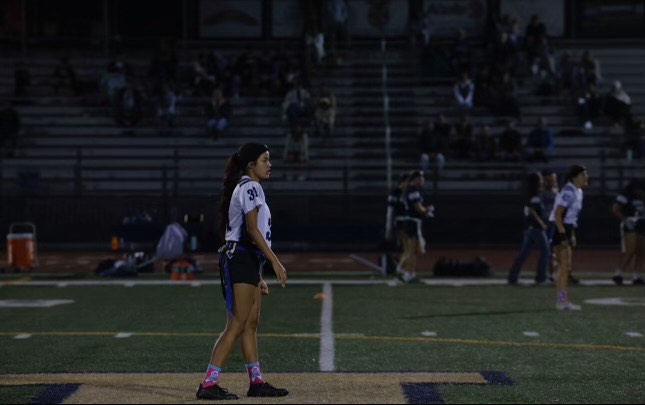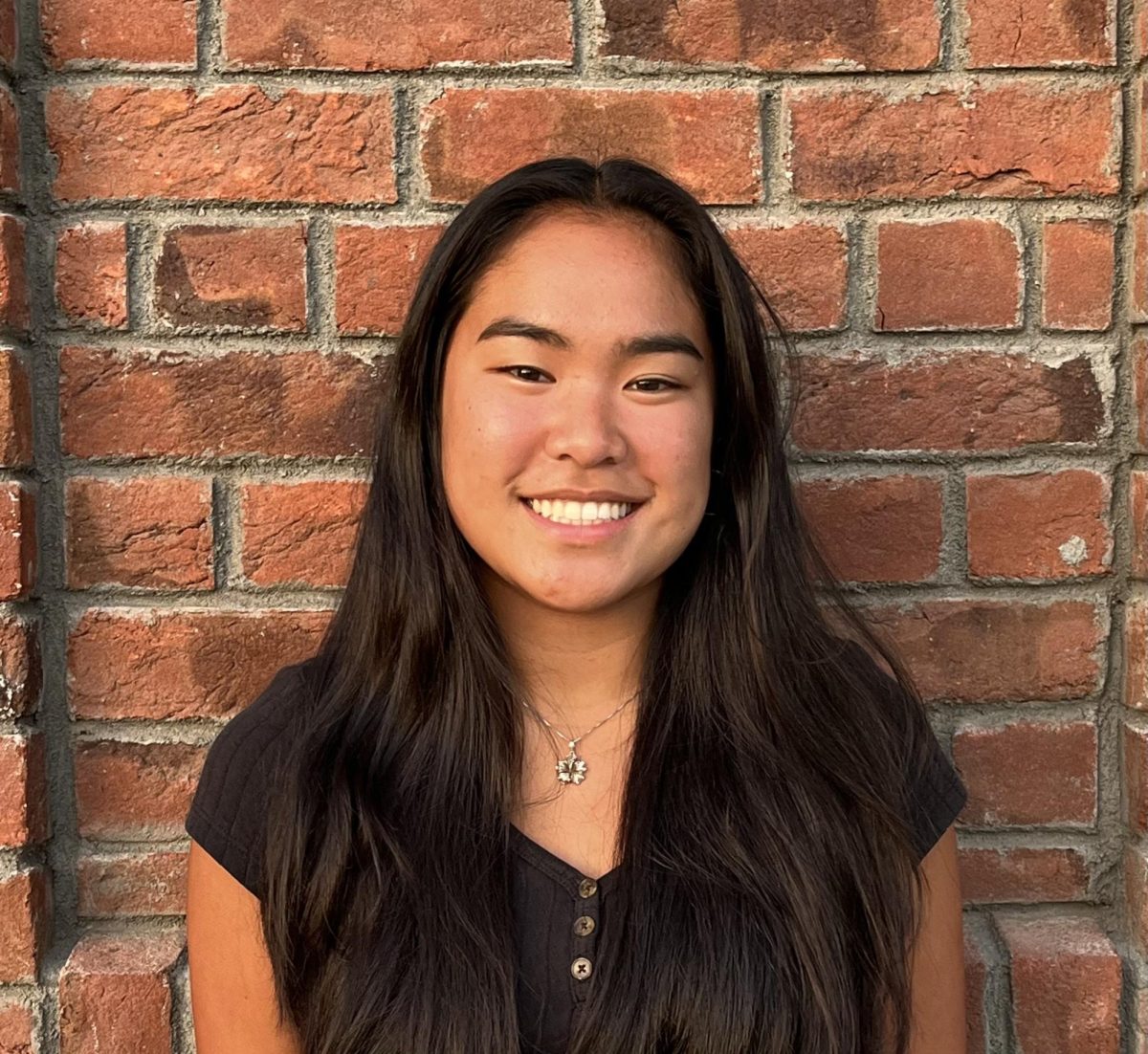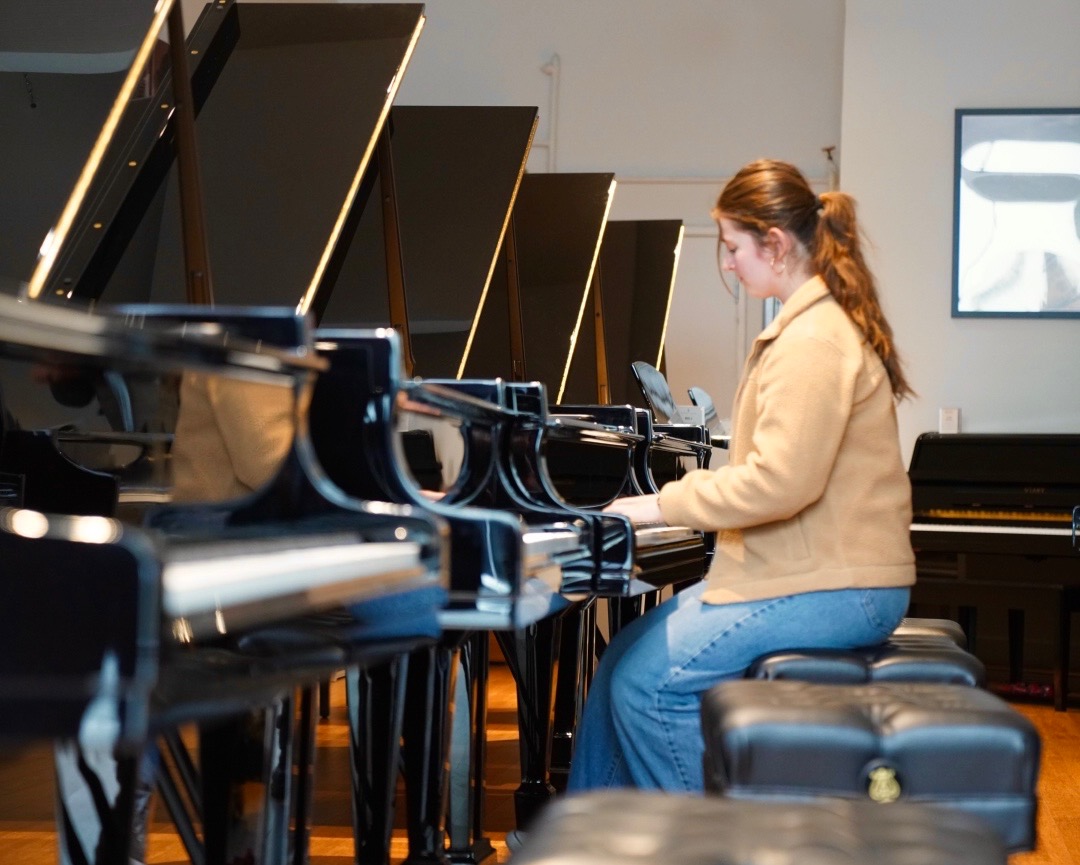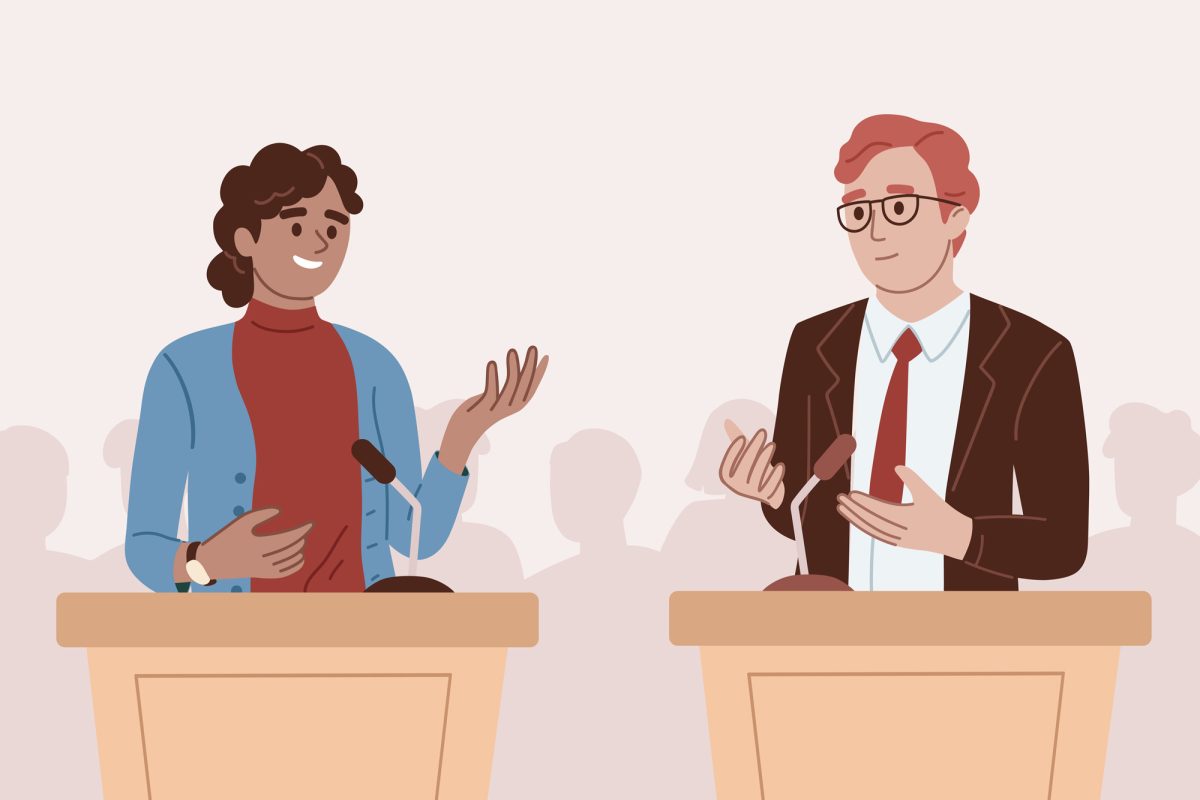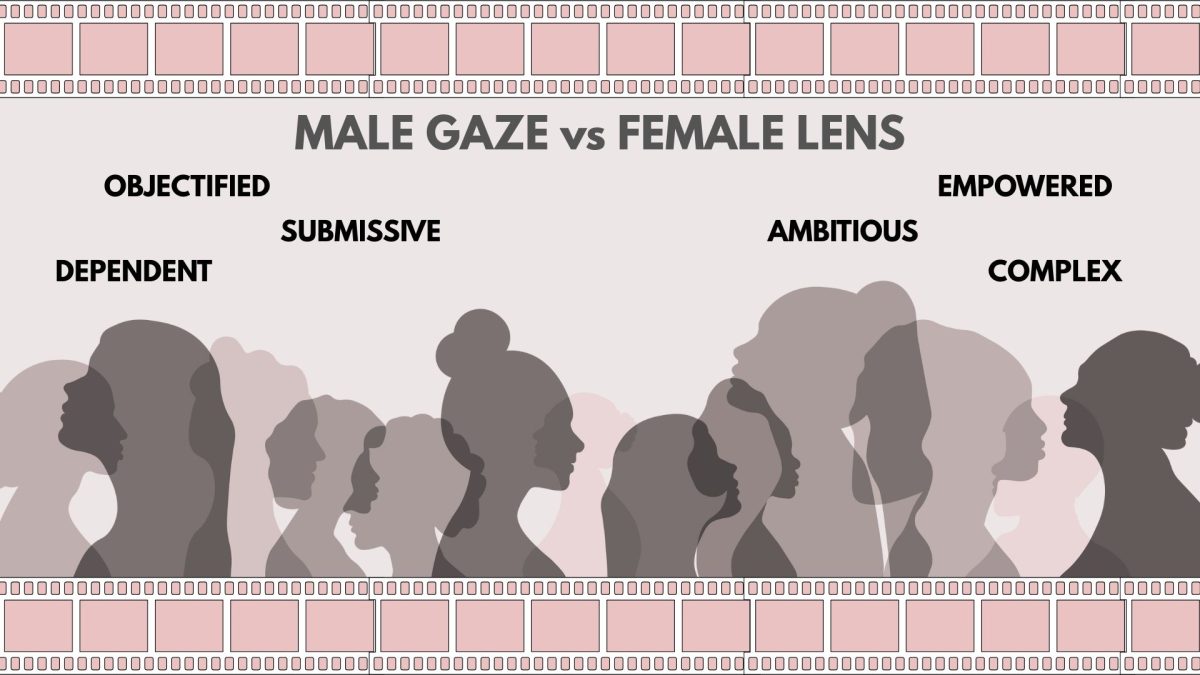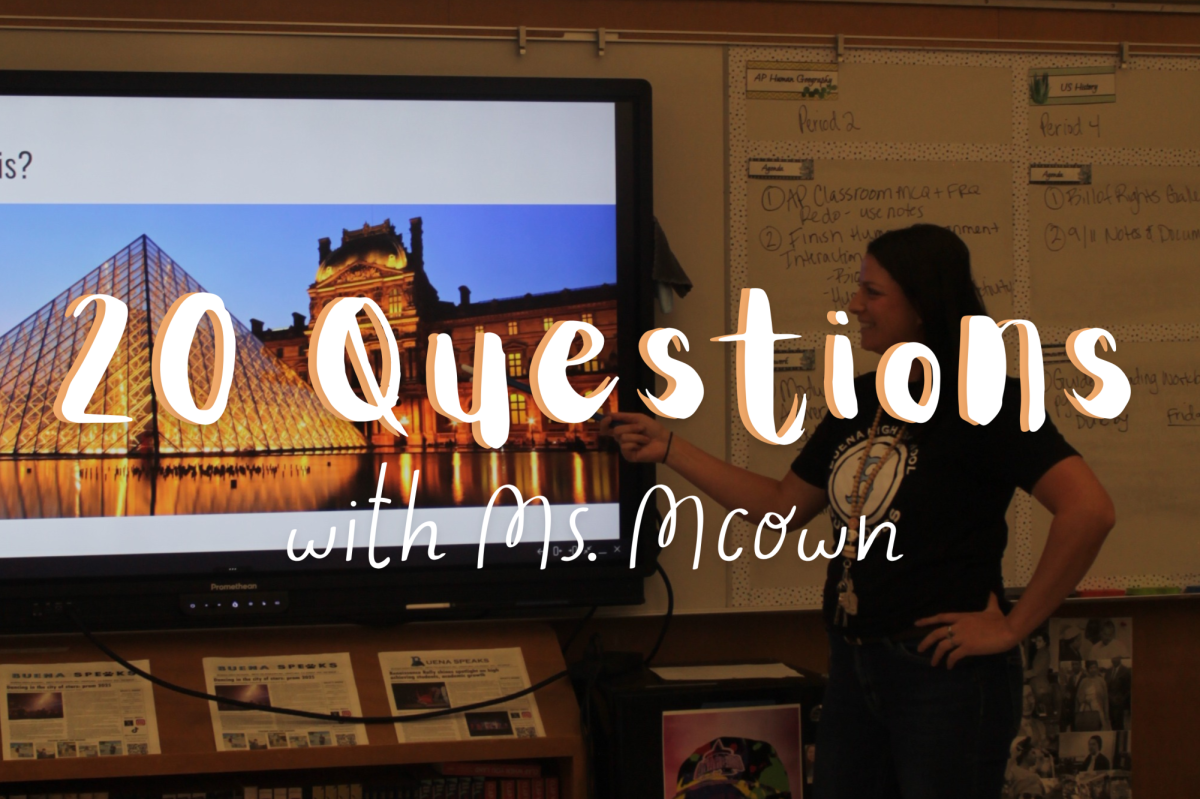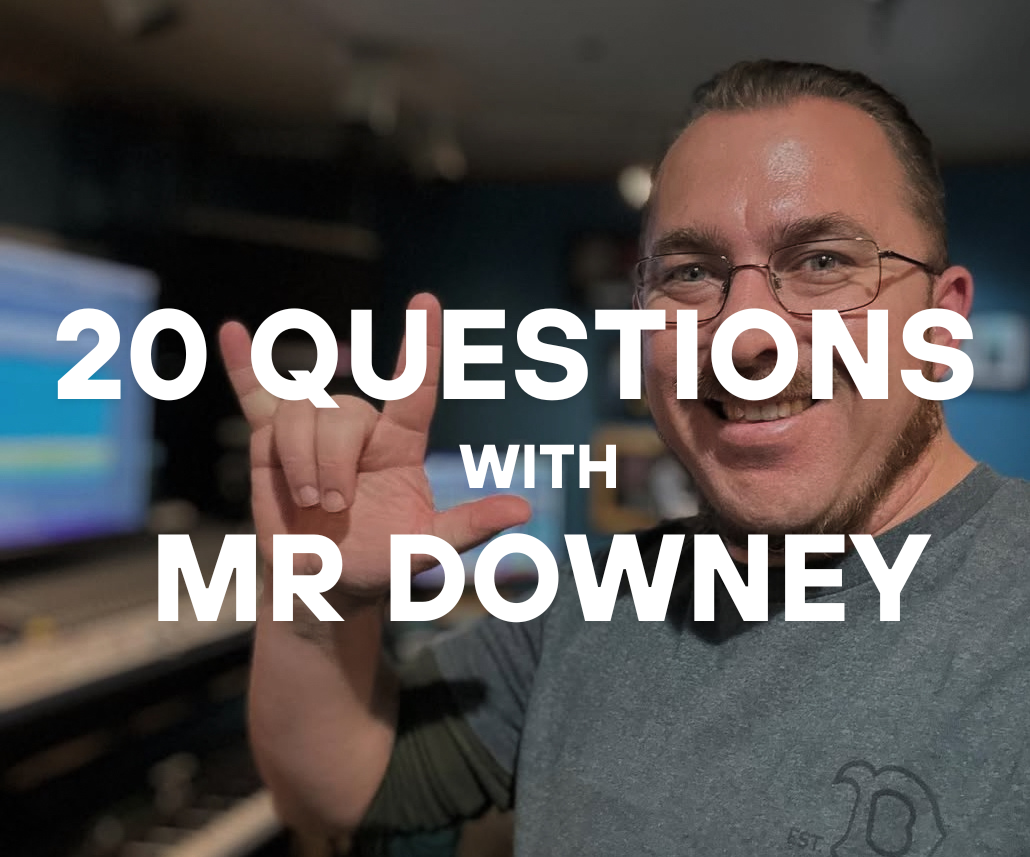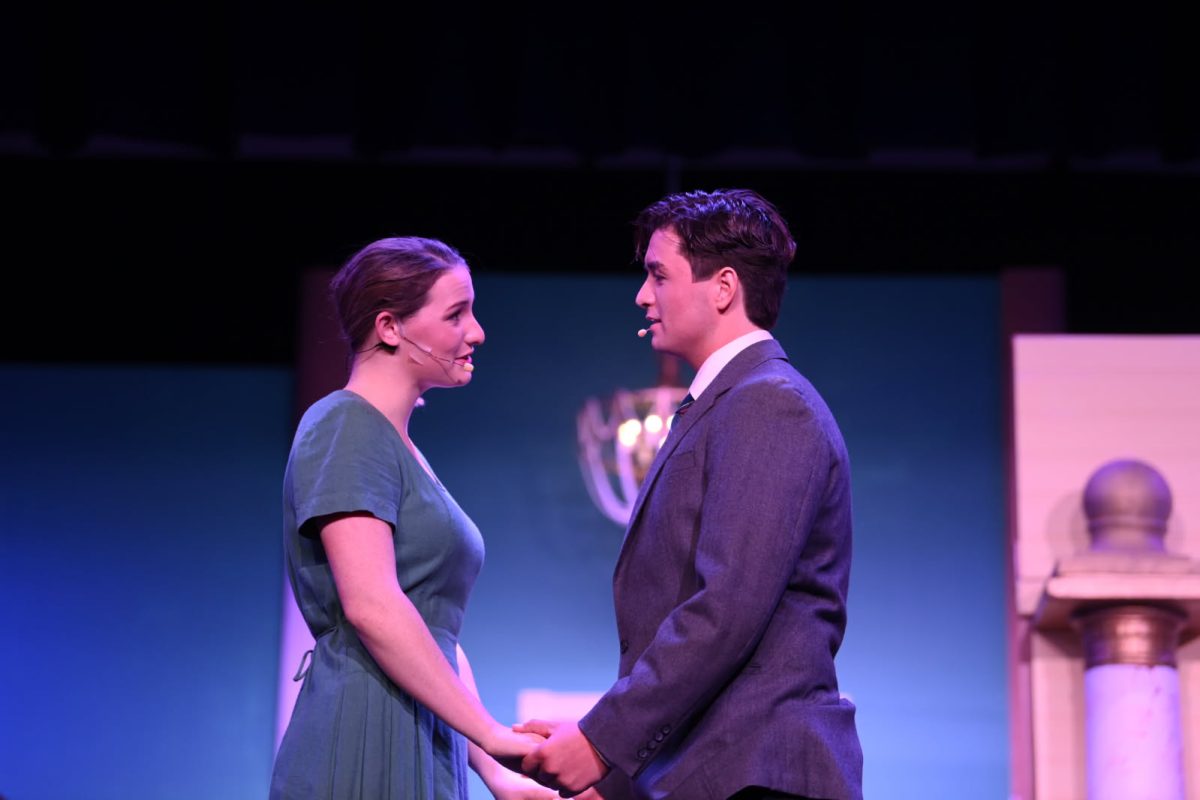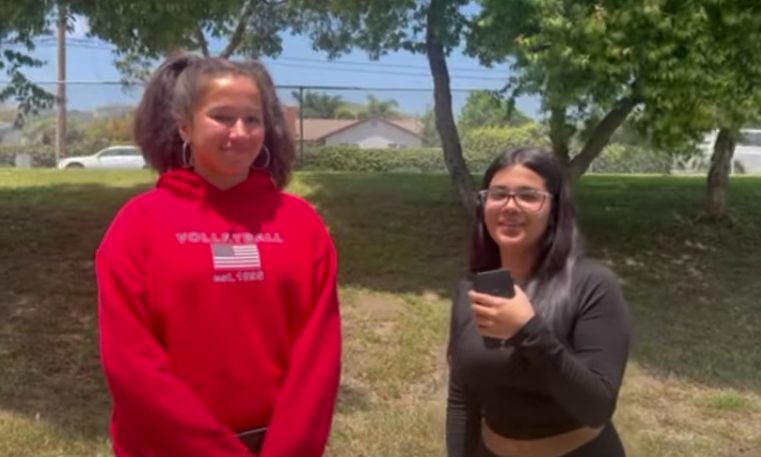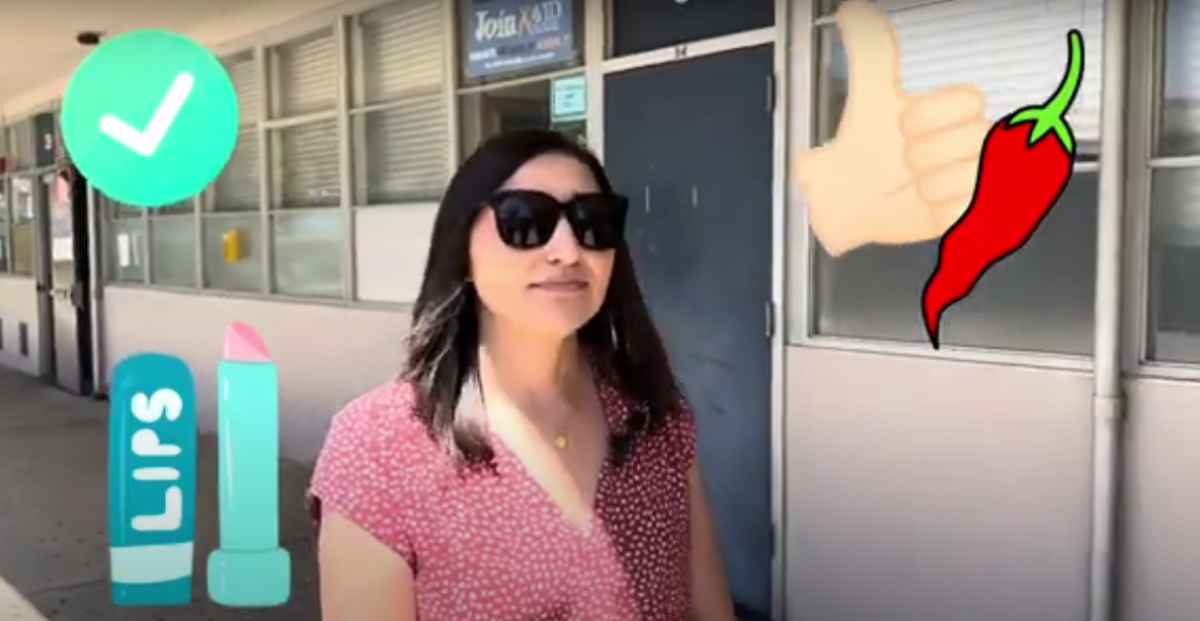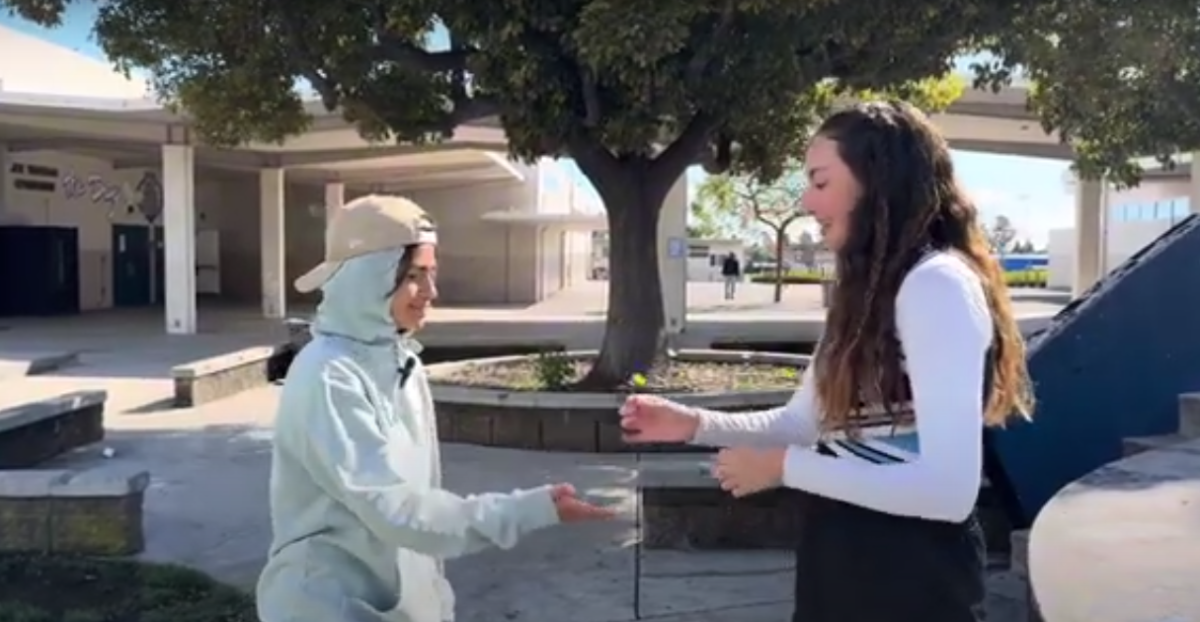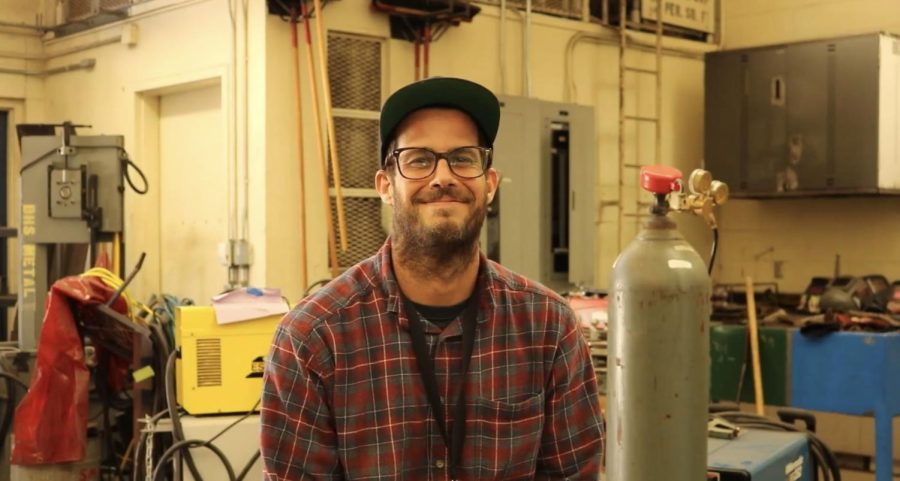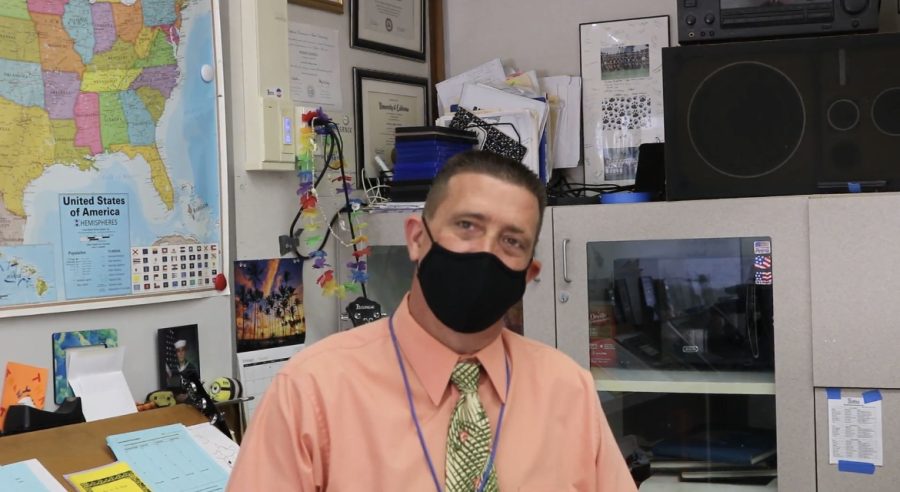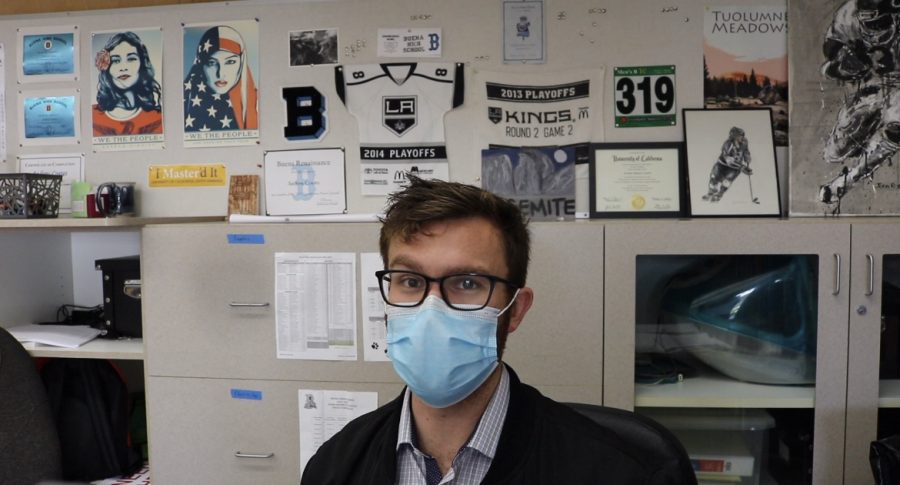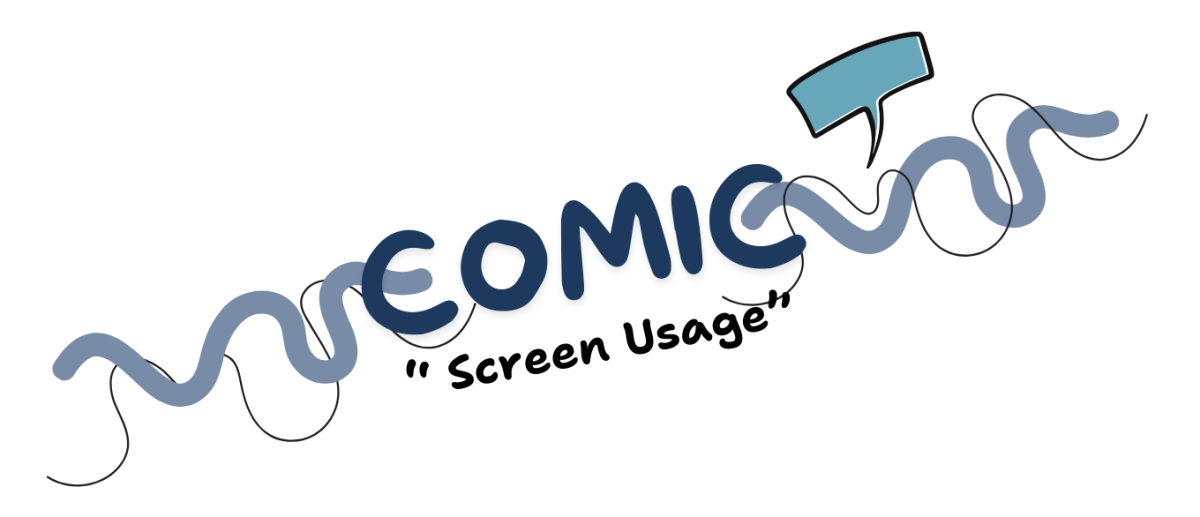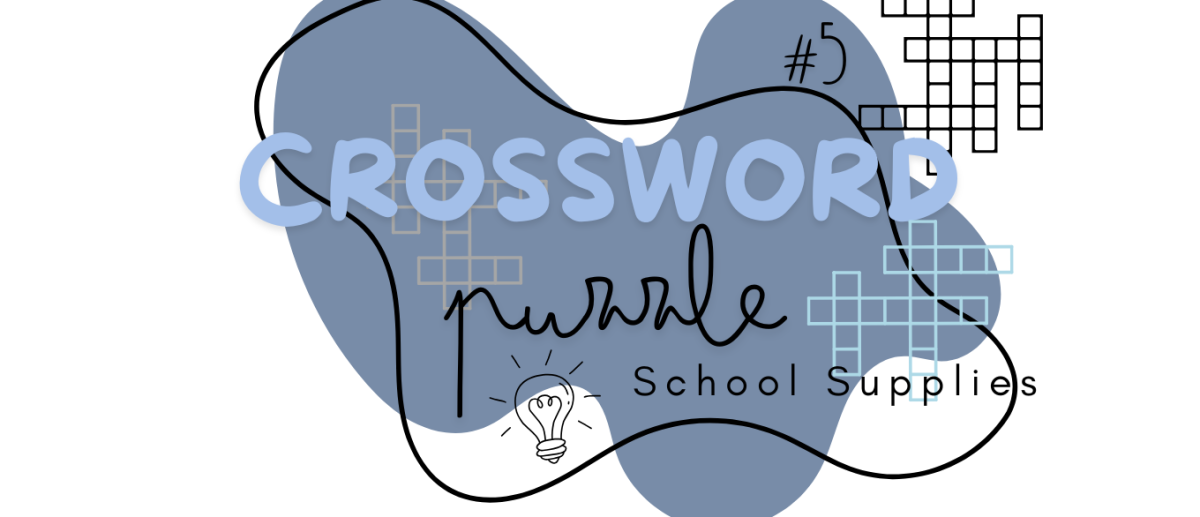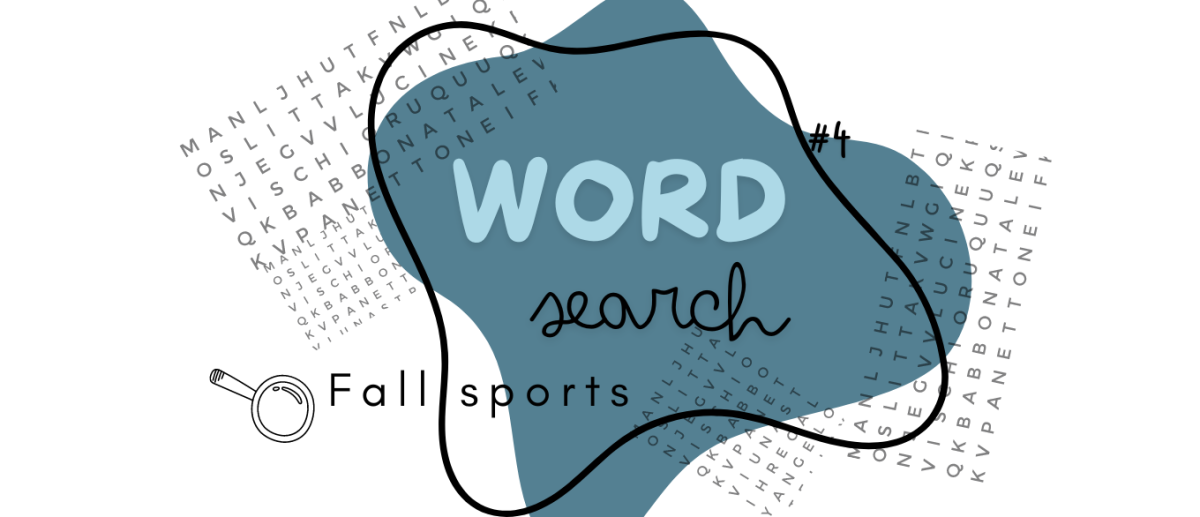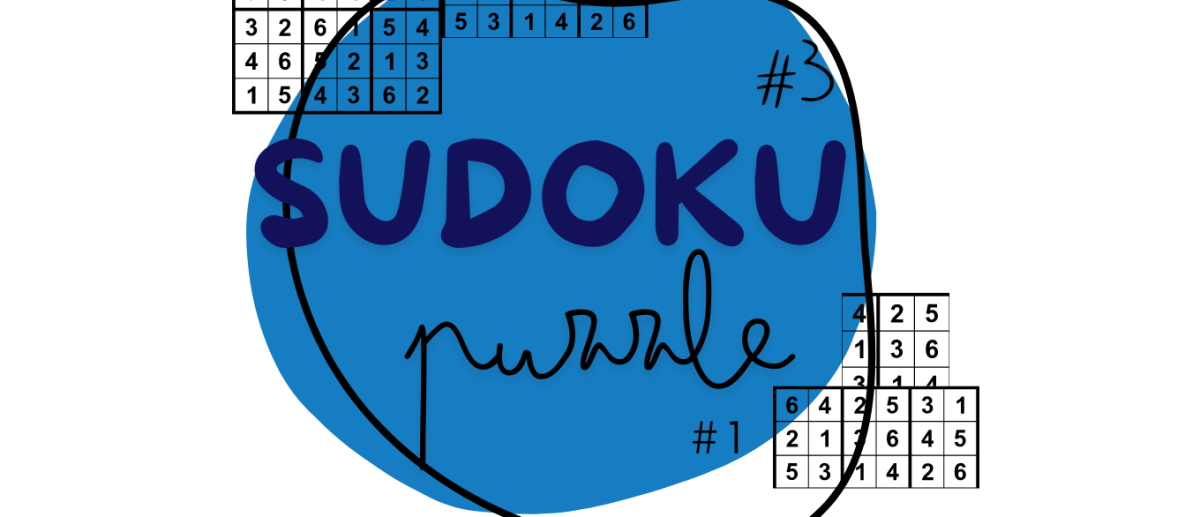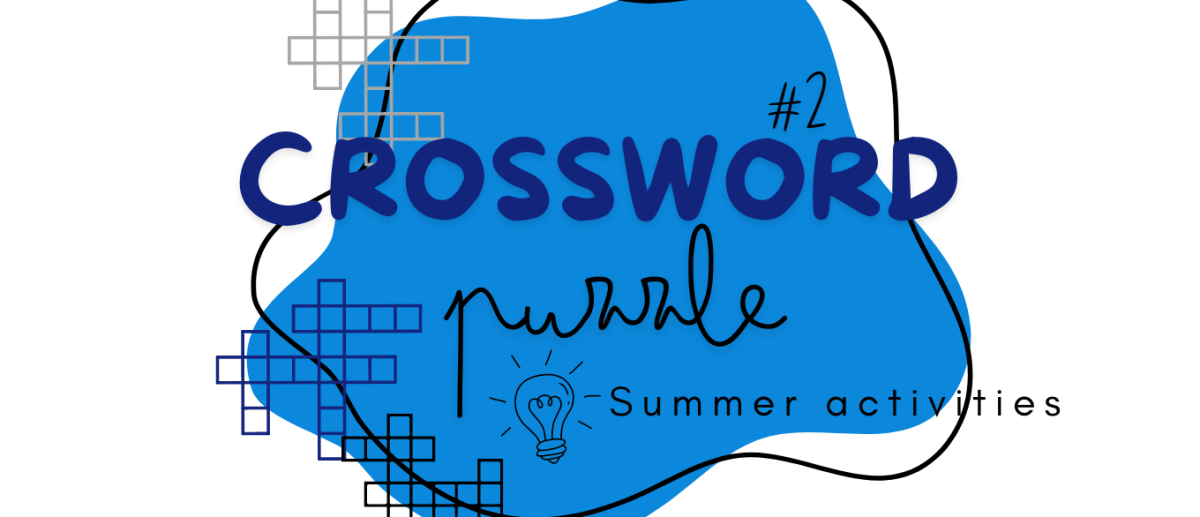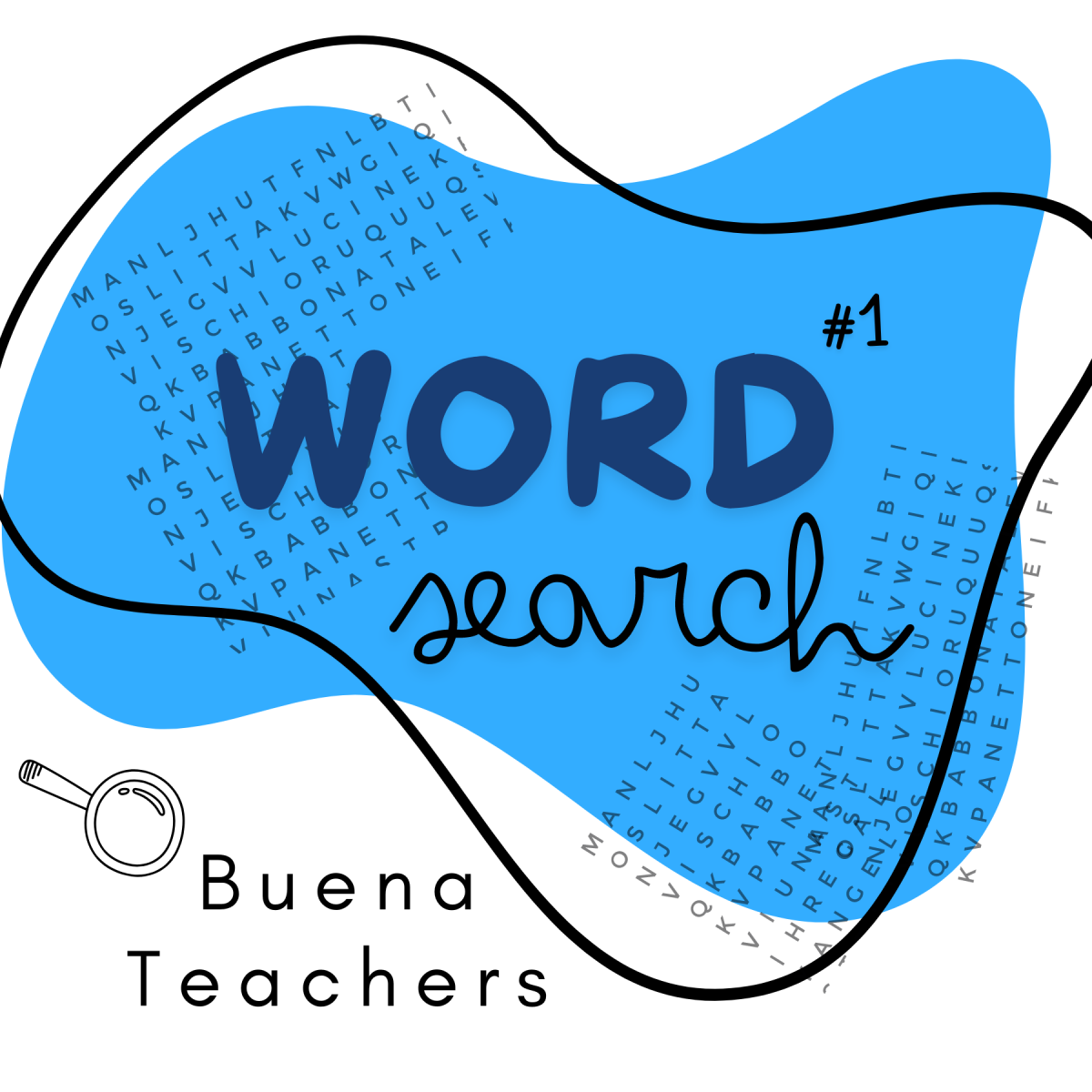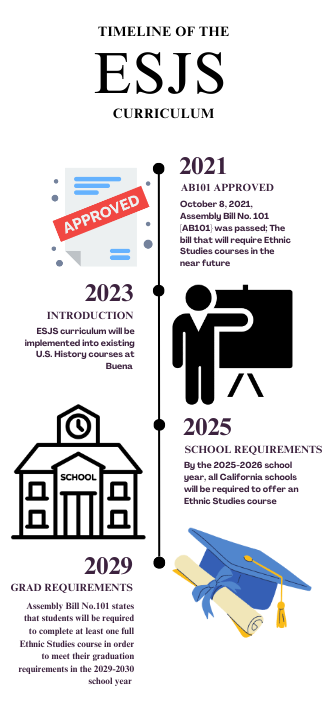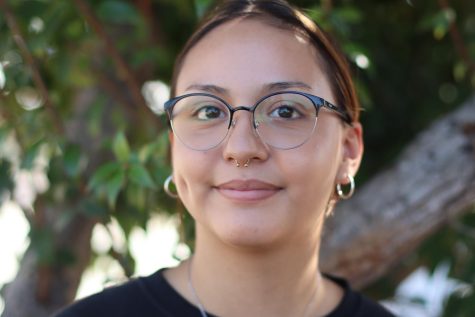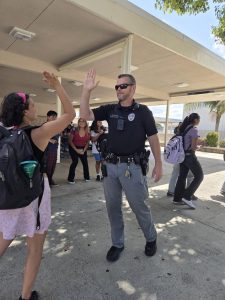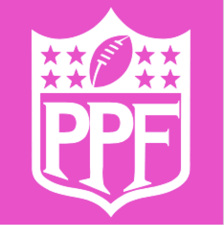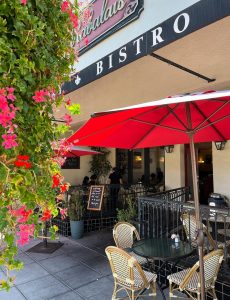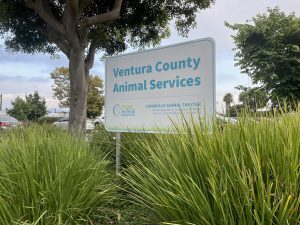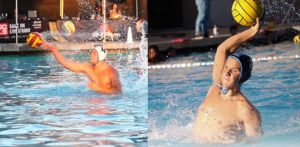Ethnic and Social Justice studies, the future of Buena’s history curriculum
Ethnic and Social Justice studies timeline
June 8, 2023
Due to the passing of Assembly Bill No.101, approved in October of 2021, by the 2029-30 school year, students will need to complete an Ethnic and Social Justice Studies [ESJS] course to meet their graduation requirements. At Buena, it has been decided that the ESJS curriculum will be blended into US History curriculum.
“The bill would expressly authorize local educational agencies, including charter schools, to require a full-year course in ethnic studies at their discretion,” section one read.
At a VUSD ESJS committee meeting held May 12, heavy focus was set on the plans to introduce the ESJS teachings into next school year’s curriculum. The lessons will provide more study and emphasis on the cause and effect of America’s historical events on racial and religious groups, and how those situations influenced the same groups in modern day.
An example being found in chapter 16 of the California Department of Education’s History Social Science Framework, in lesson, The Nation’s Beginnings, students will be taught about the origins of America in conjunction with struggles minorities faced in similar years.” A focus on these topics later on in the course allows for a comparative study of the civil rights movement over time as ethnic and racial minorities experienced it,” page 380 read.
MTSS TOSA, Multi-Tiered Systems of Support Teacher on Special Assignment, for Secondary Multilingual and Multicultural Department, Danna Lomax, was the main speaker at the meeting and had attendees brainstorm activities for students involving the new curriculum. Activities ranged from taking example curriculum courses created inspired by the previous article, to having disciplinary worksheets for students caught using ignorant speech in schools. All activities are currently undergoing review and may be options for Ventura County schools in the near future.
In an interview with the current Ethnic Studies and Social Justice teacher Aaron Torres, he provided an educator’s outlook on the introduction of ESJS curriculum into U.S. History. He believes that more than one story is needed to understand and be empathetic to history.
“We live in a very diverse community that can be difficult to understand when we do not take the time to,” Torres said. “Ethnic studies allows the learning to take place, for conversations to take place, and to see multiple perspectives. Ethnic studies guides us to a better future.”
While the new courses can provide a wider range of knowledge, teachers have already used their own curriculum or the curriculum provided by the district. “I built my curriculum off of [district framework],” Torres said. “The problem is that ESJS can not be the main focus because it is a U.S. History class. It can only be an aspect, not the main focus in class.”
While the new curriculum could prove to be a challenge upon introduction, Torres is confident that staff can teach a U.S History course with an ESJS unit.”It’s going to be [better] for Buena and VUSD. It sheds light on issues that have been in the dark,” Torres said.
More on ESJS and Hard History: https://www.learningforjustice.org/podcasts/teaching-hard-history

